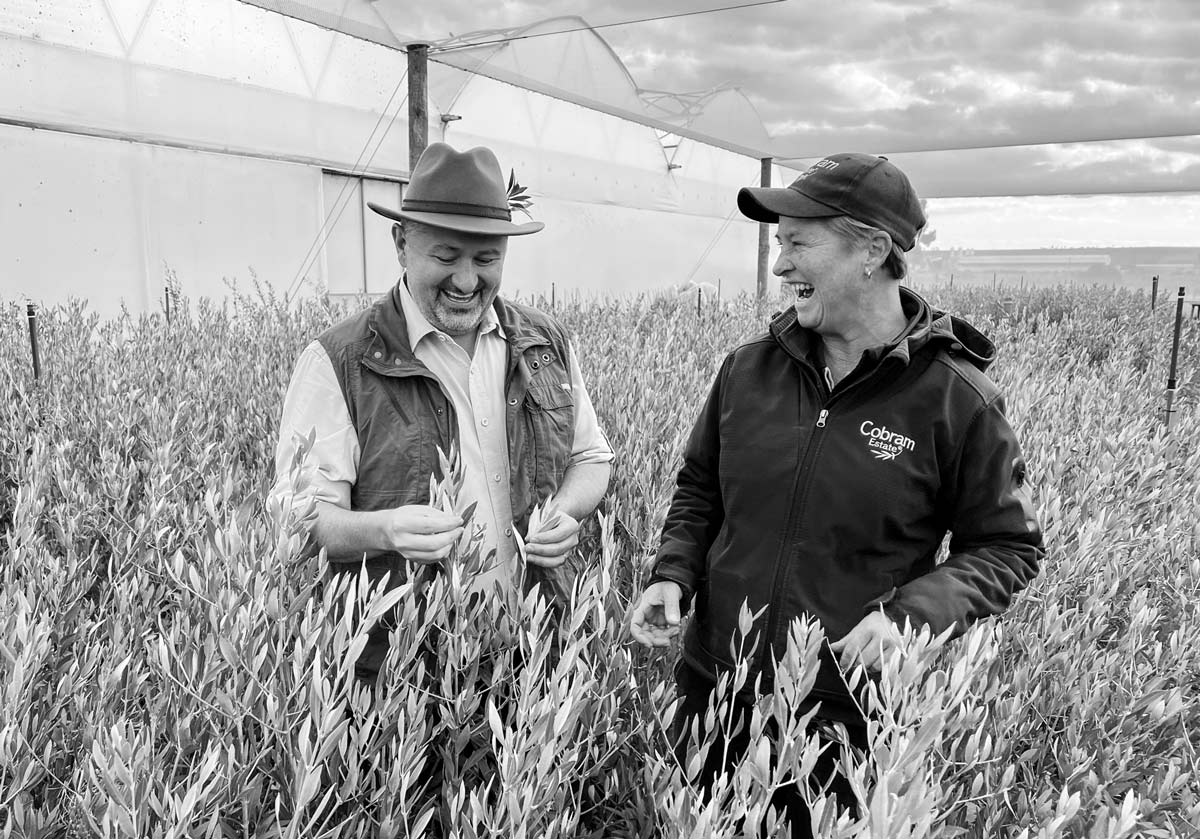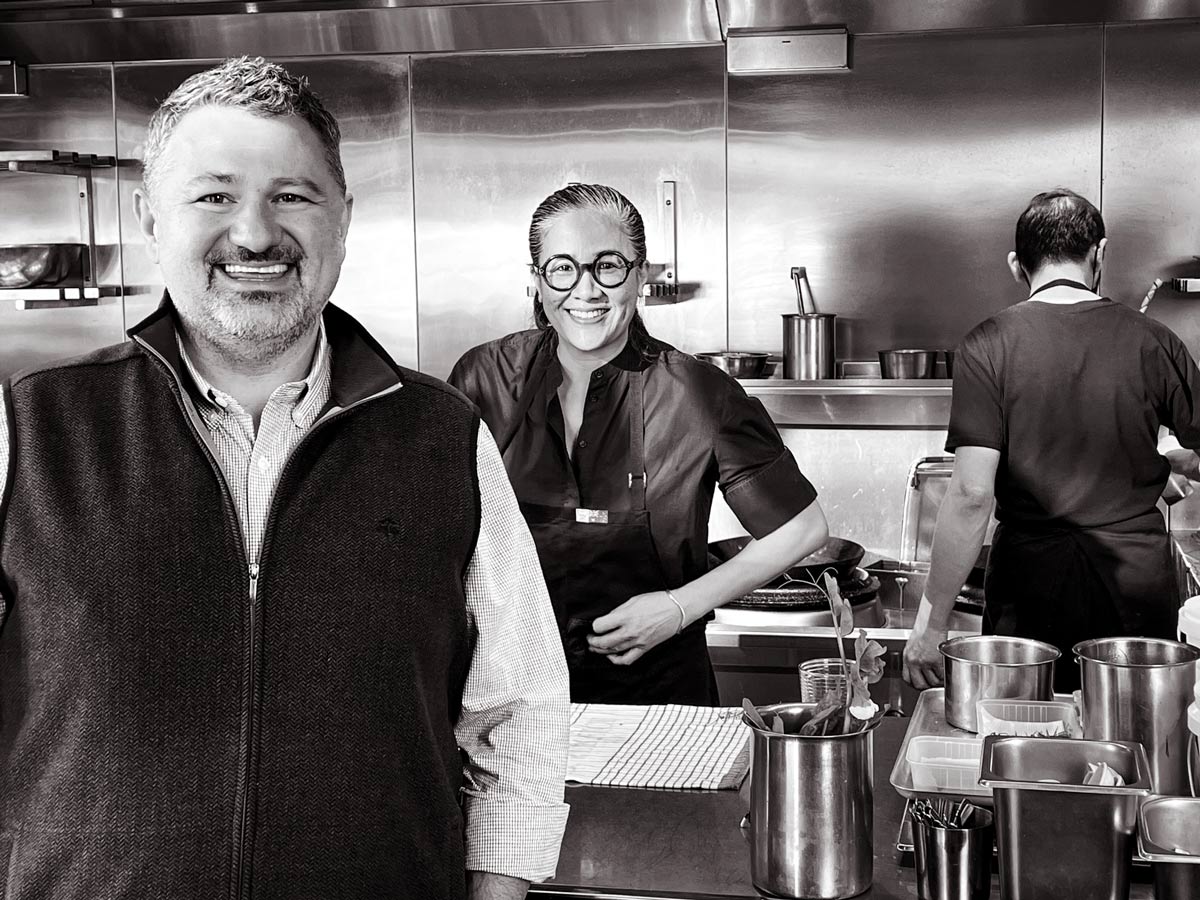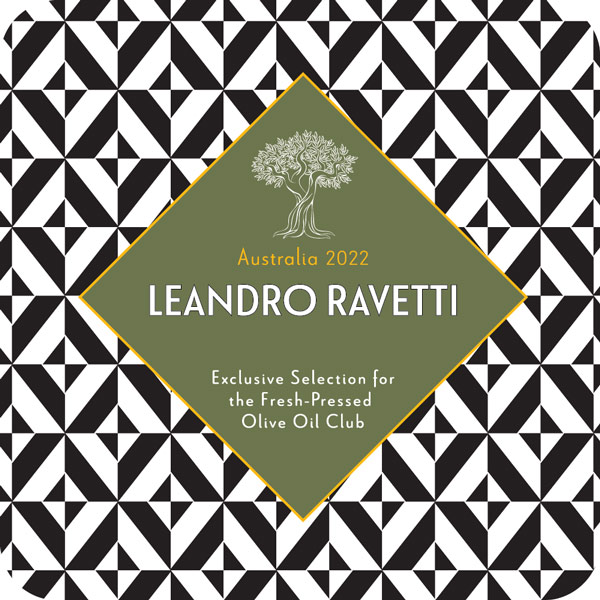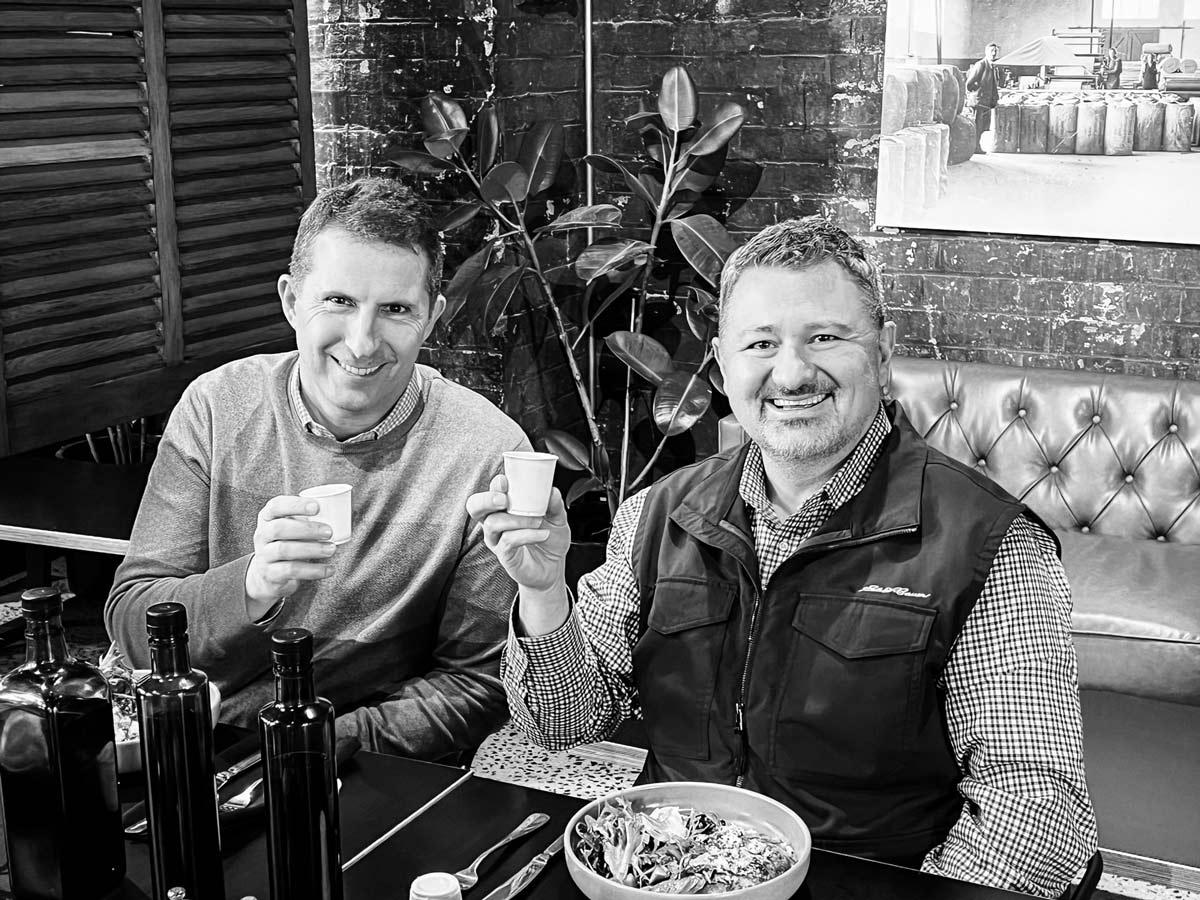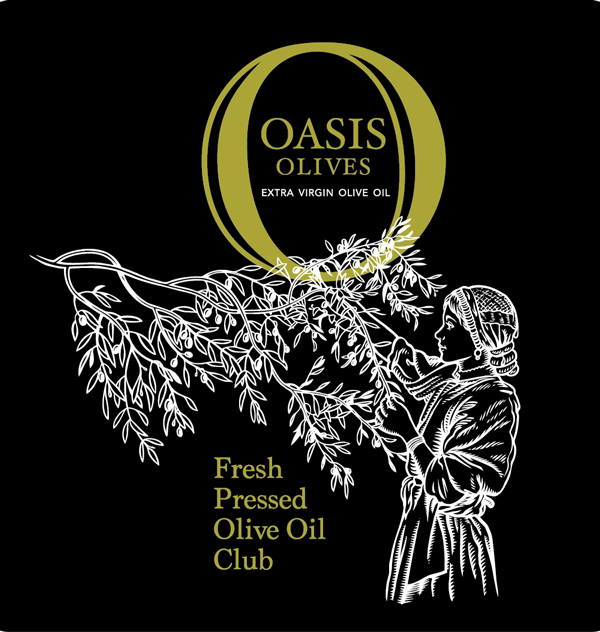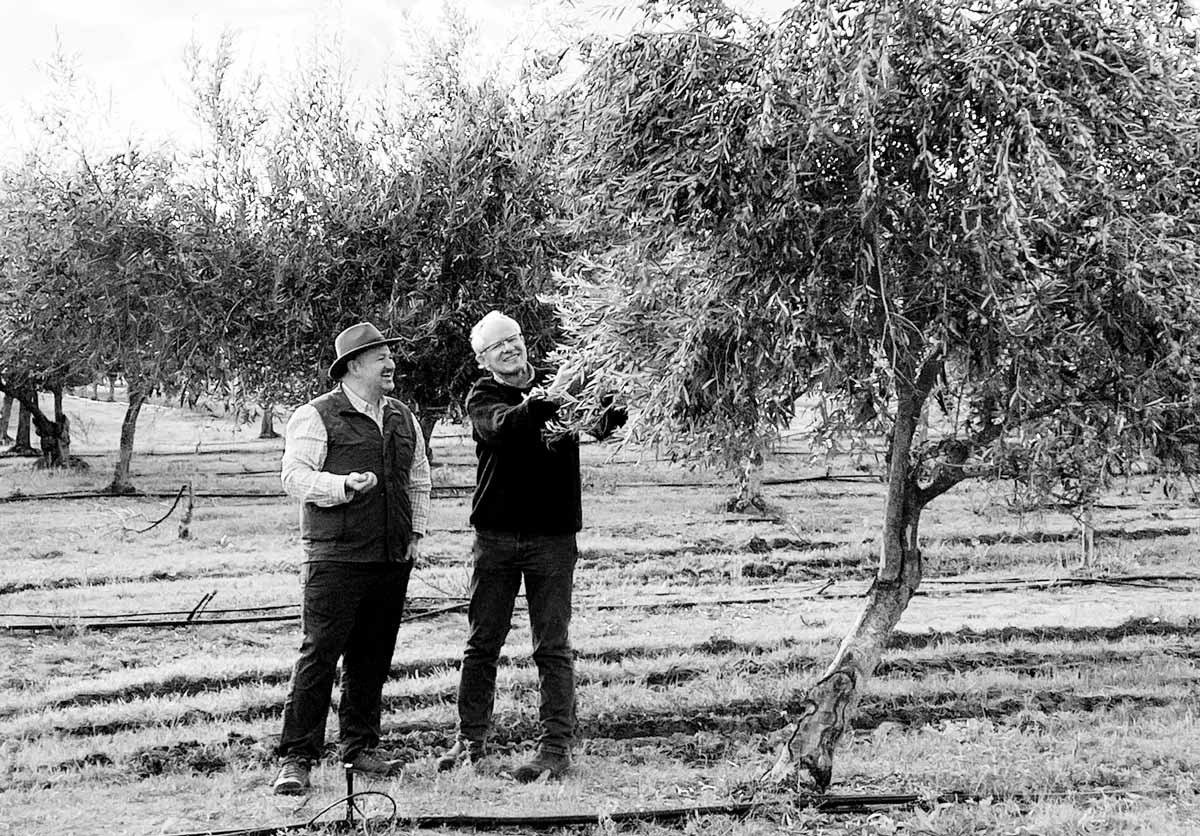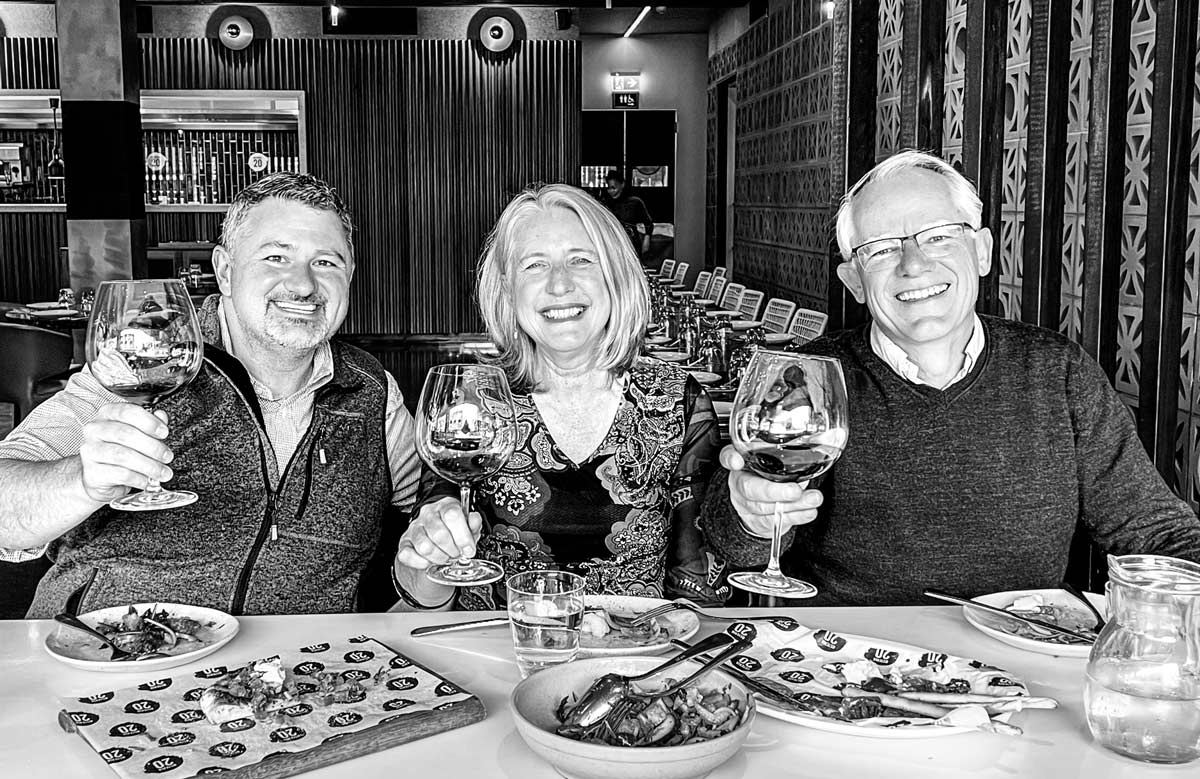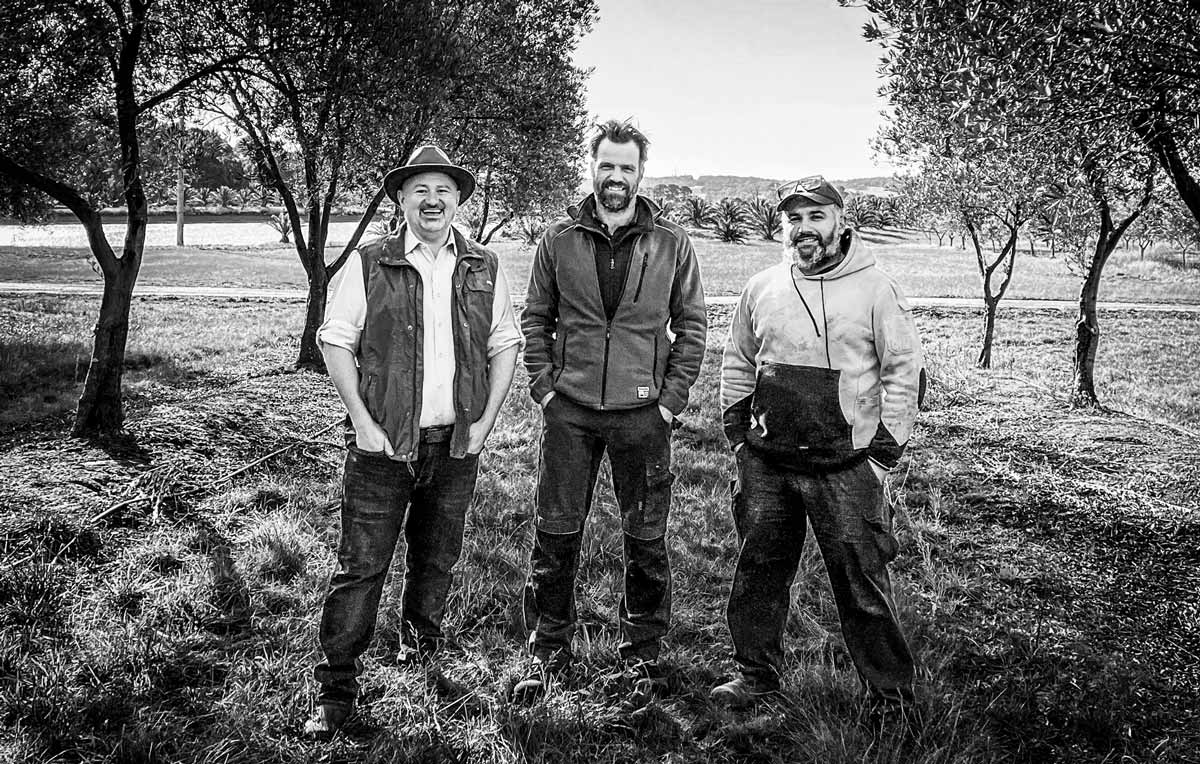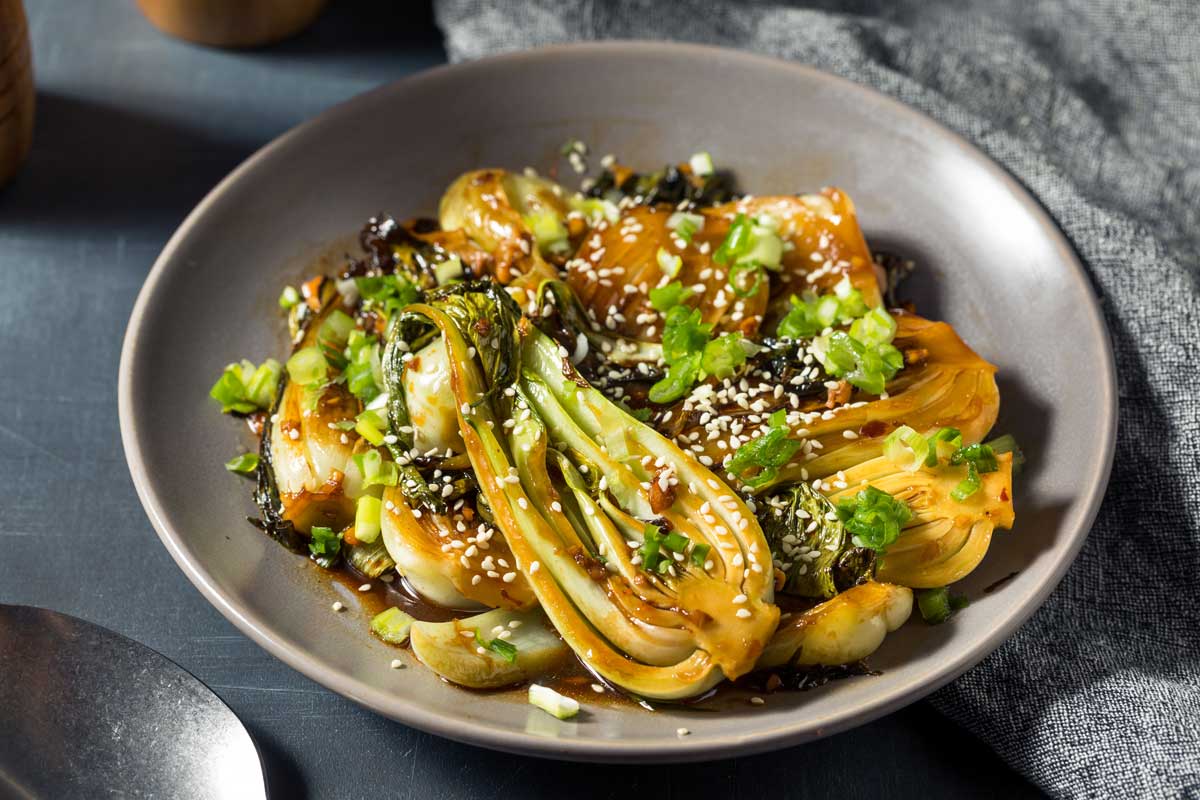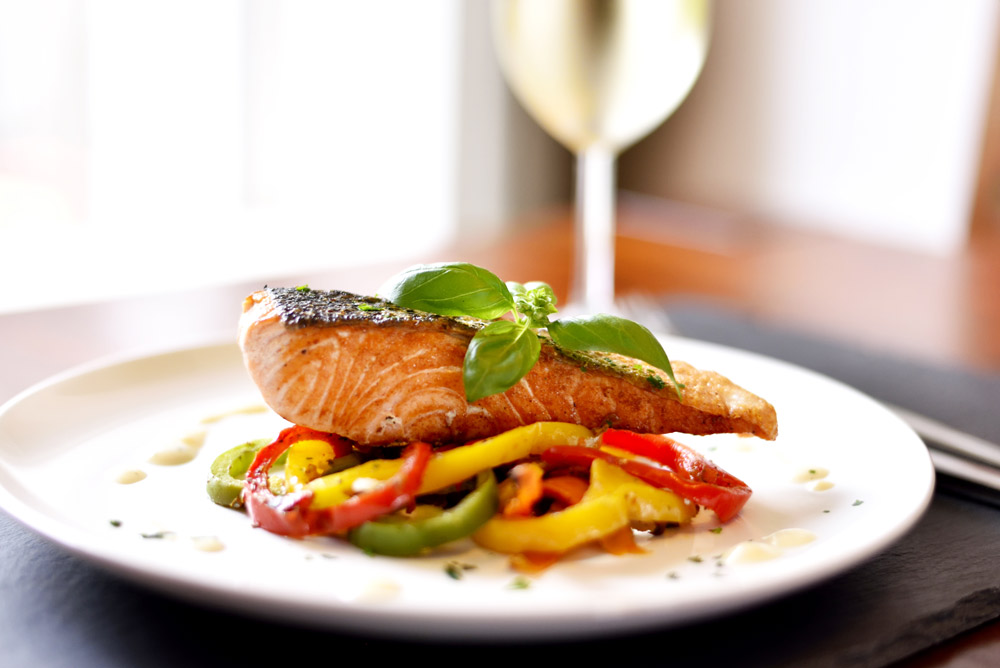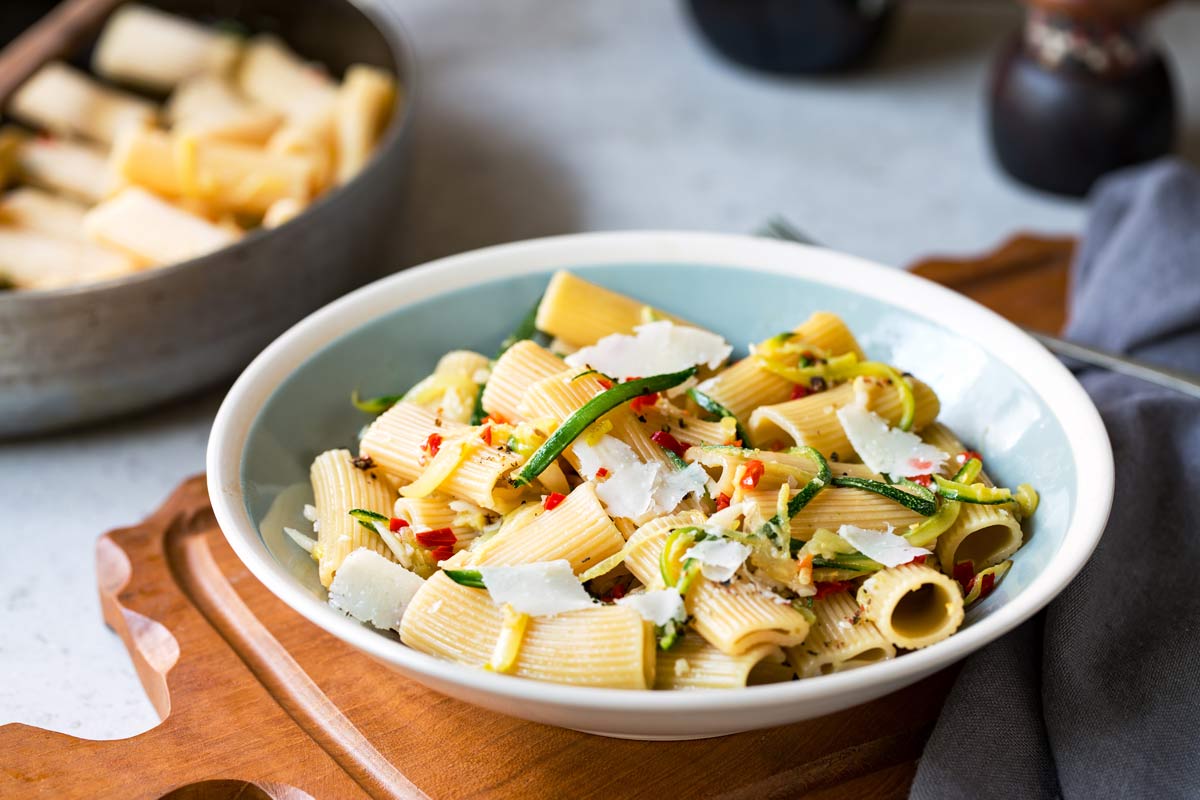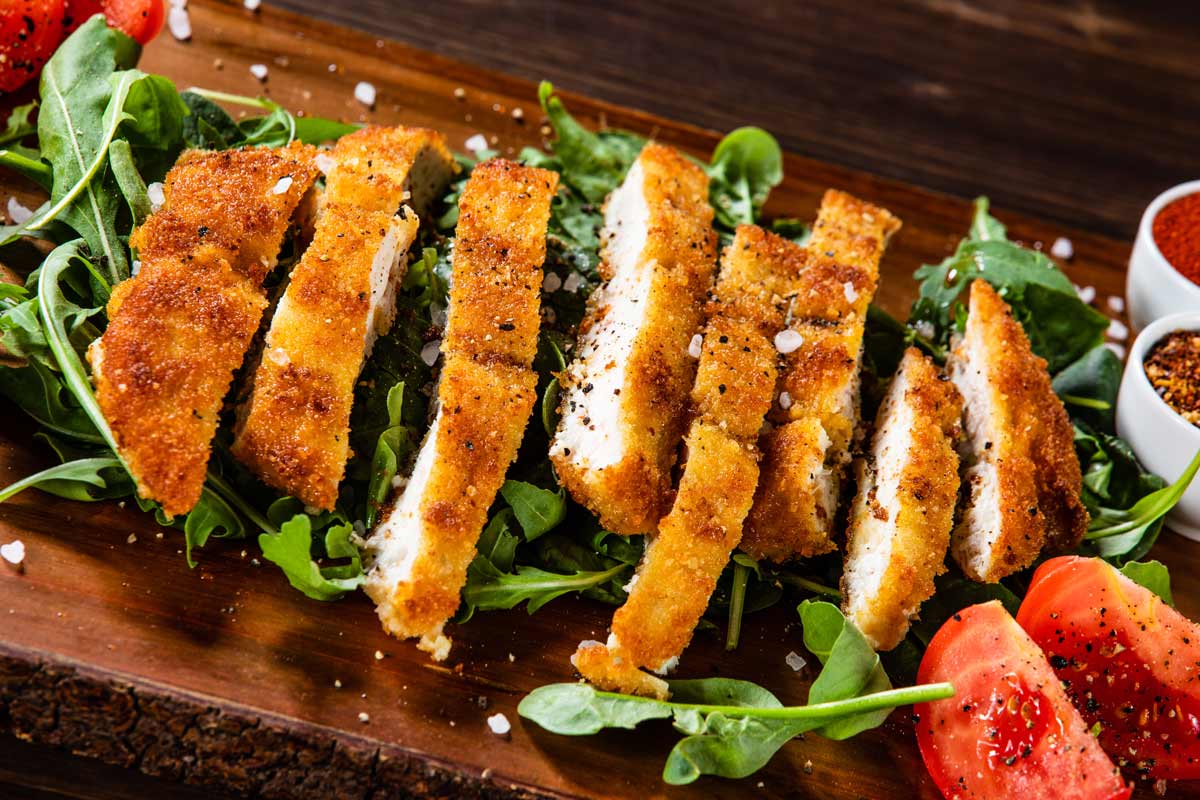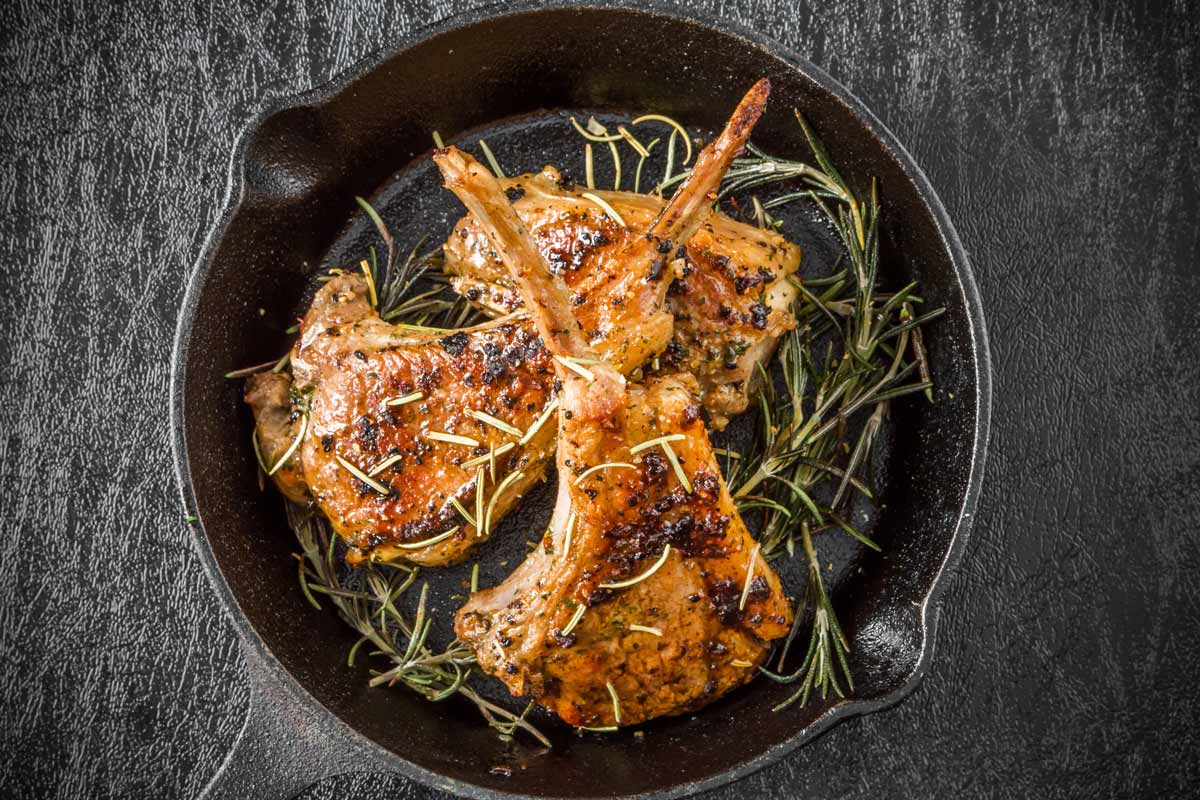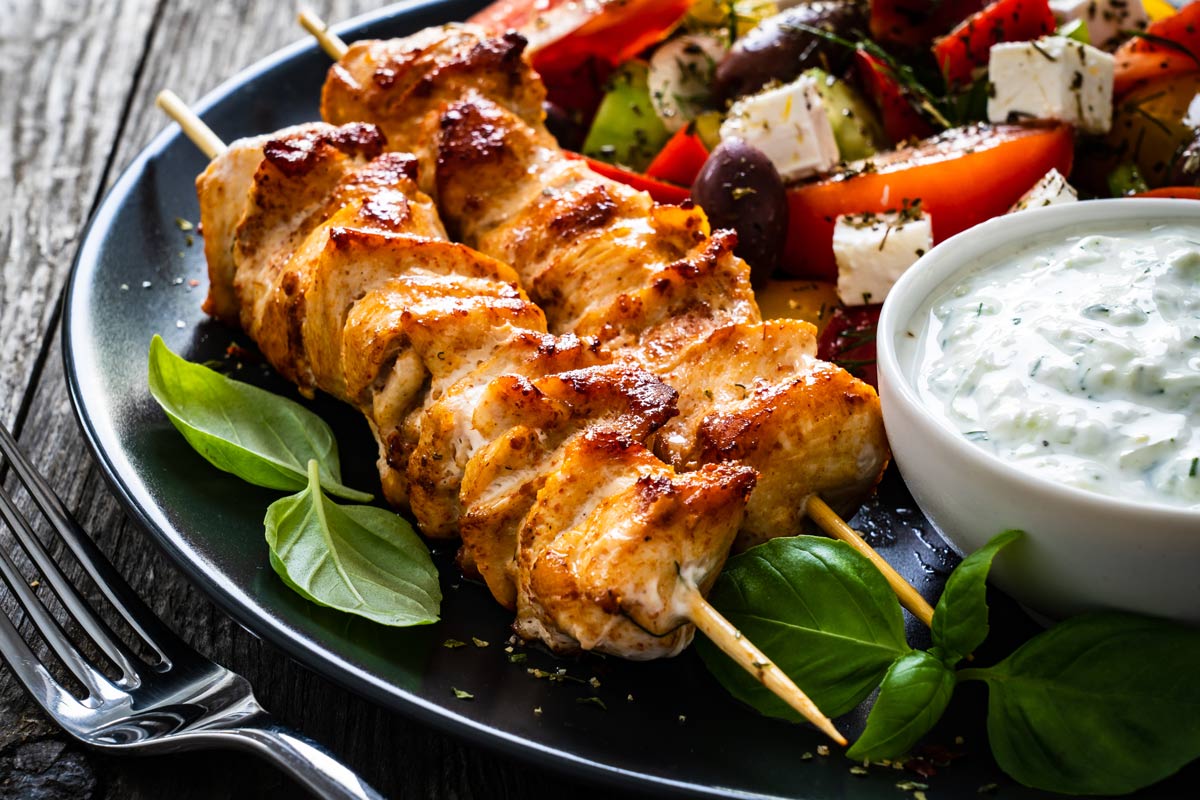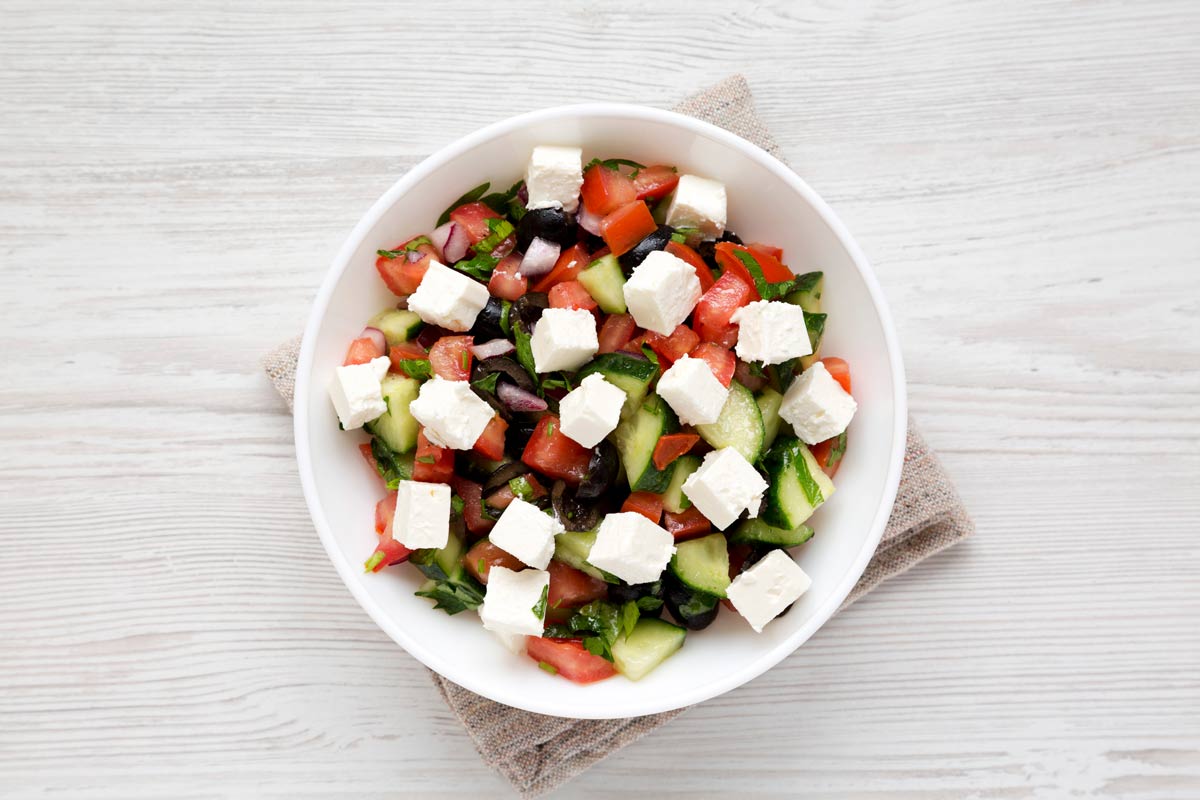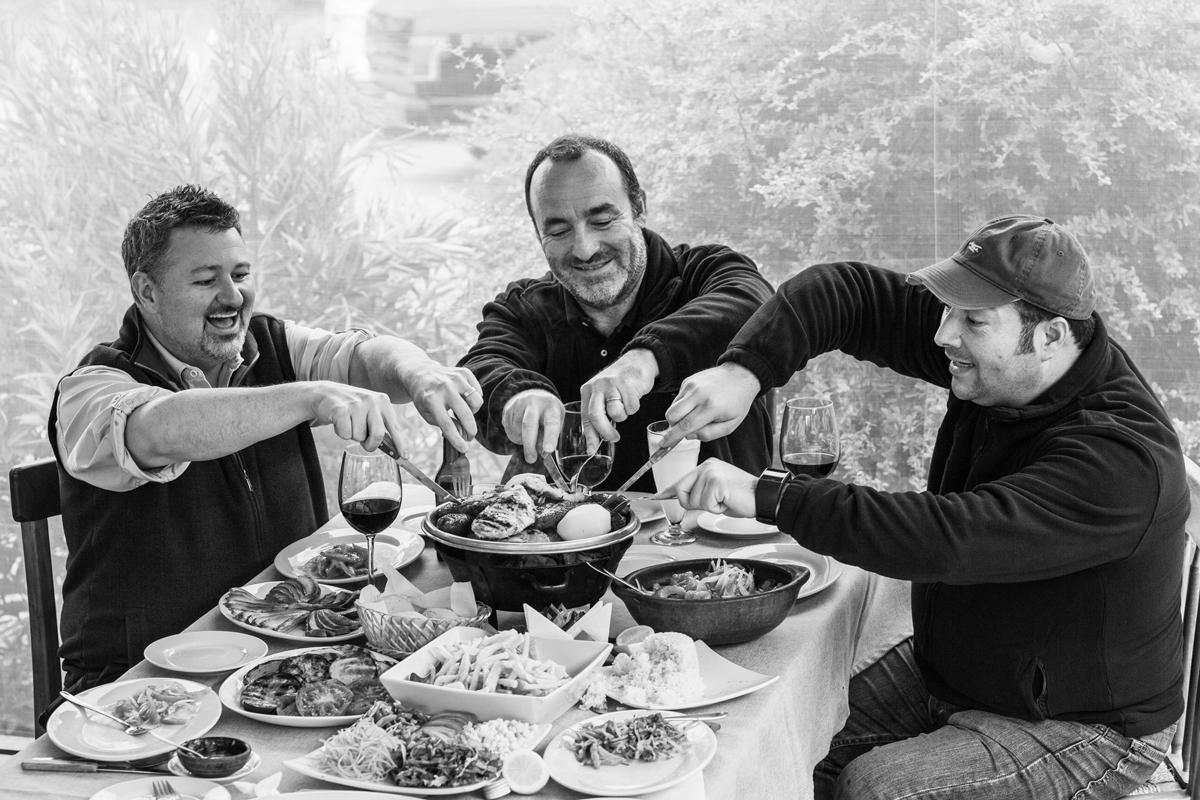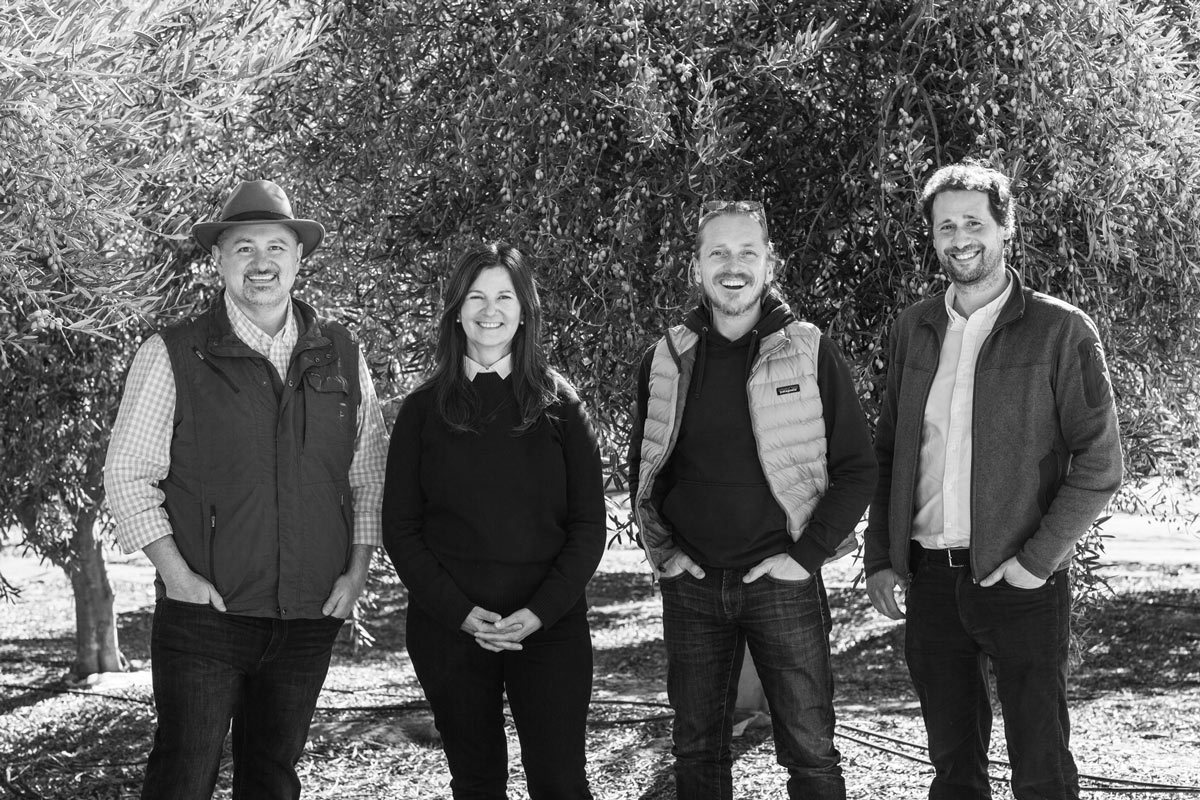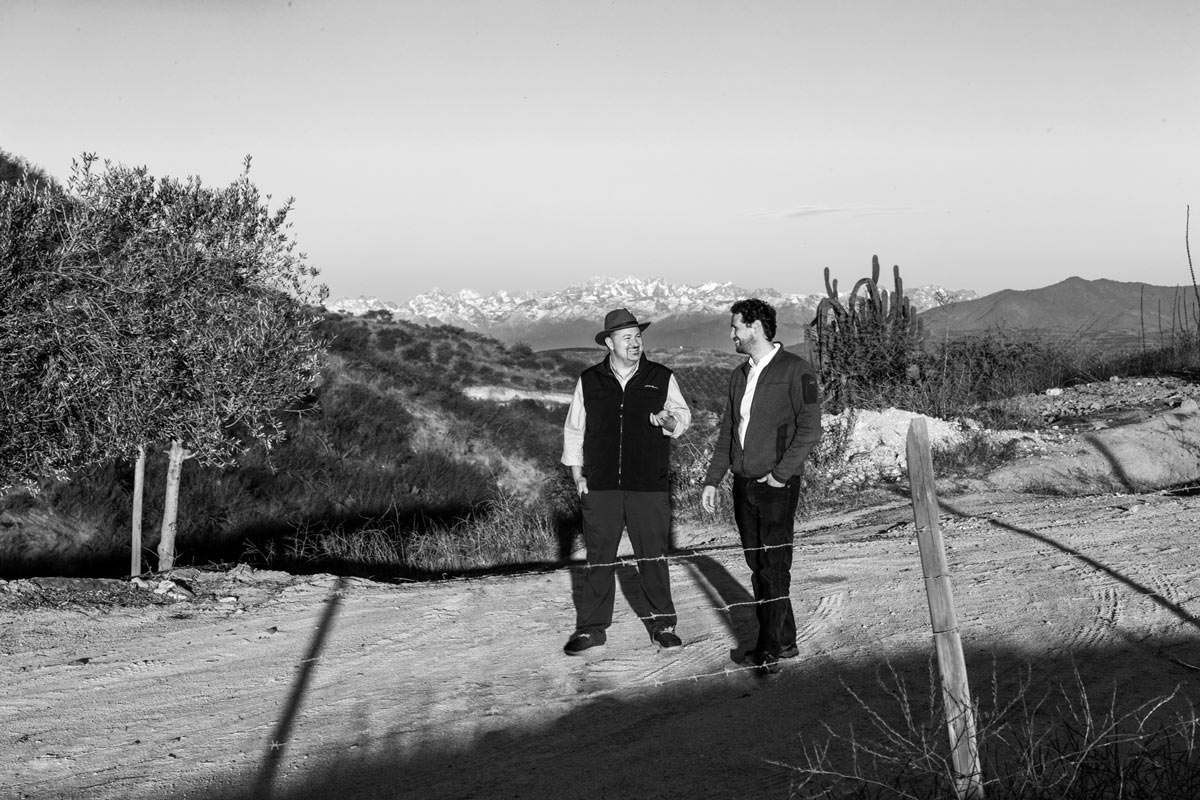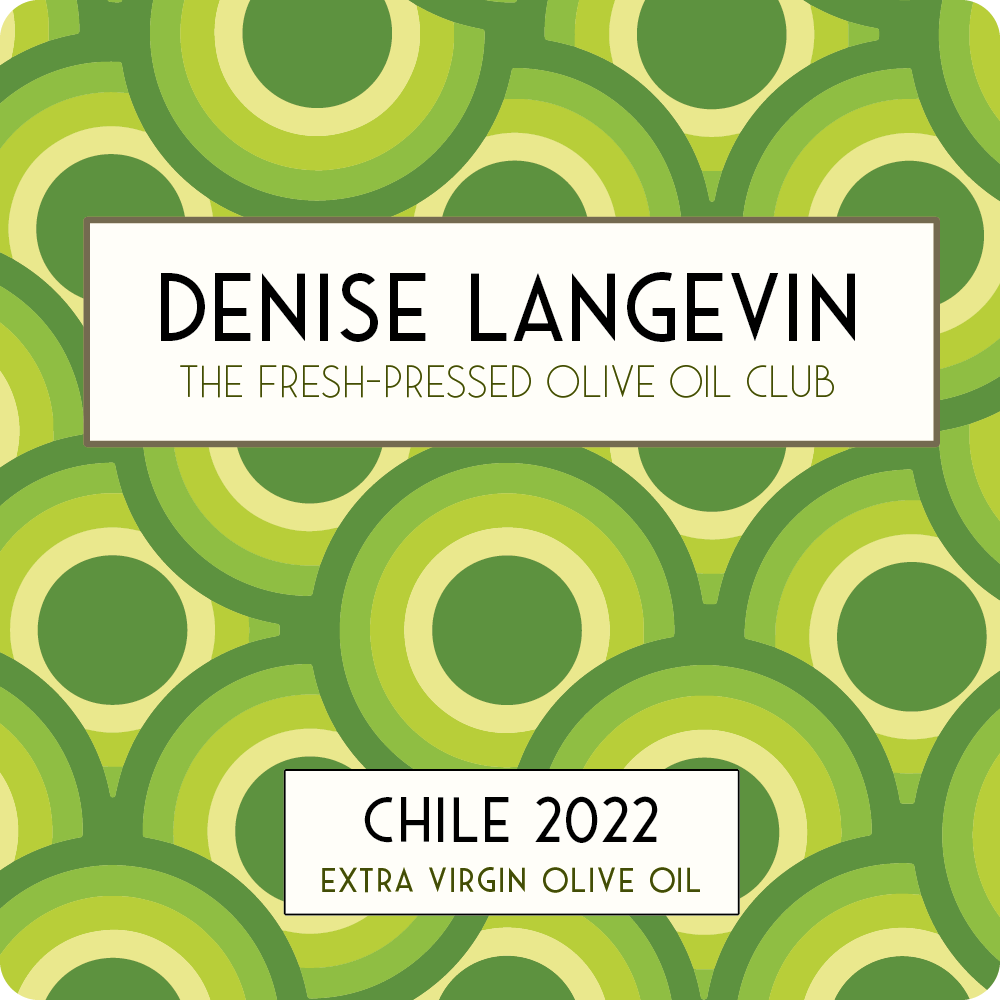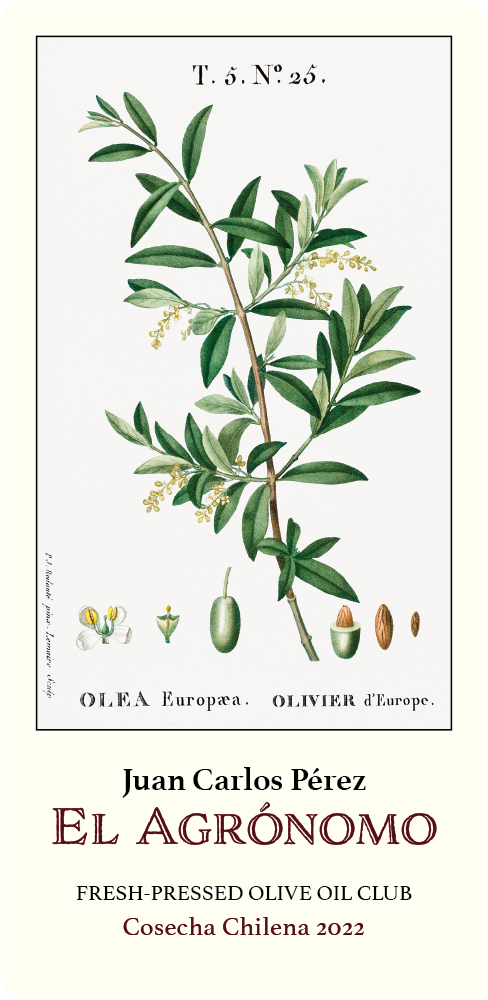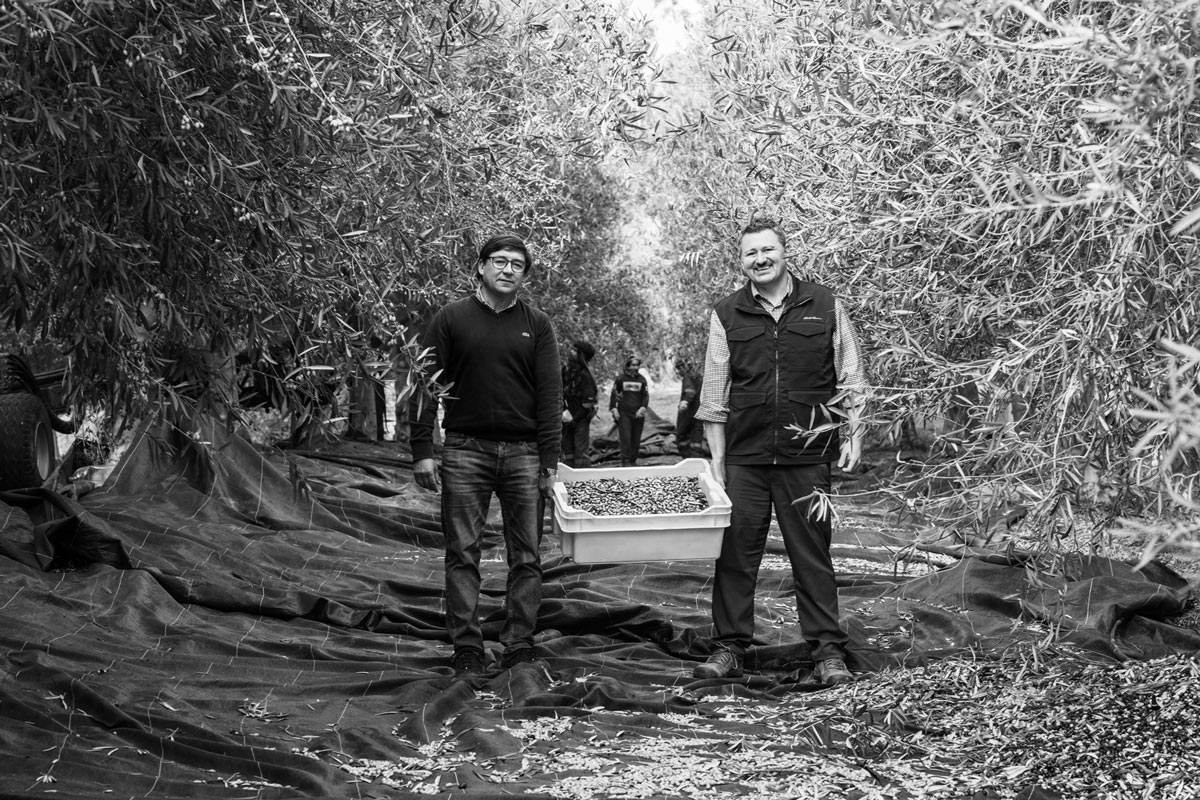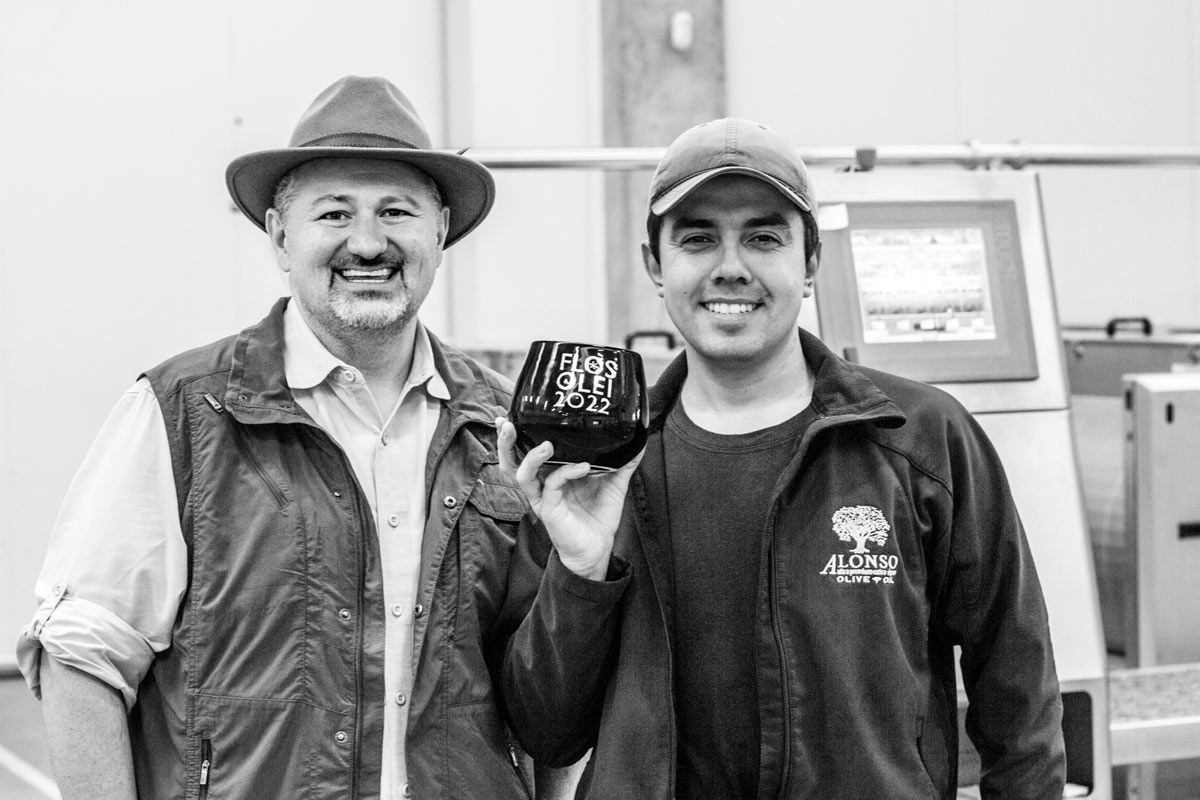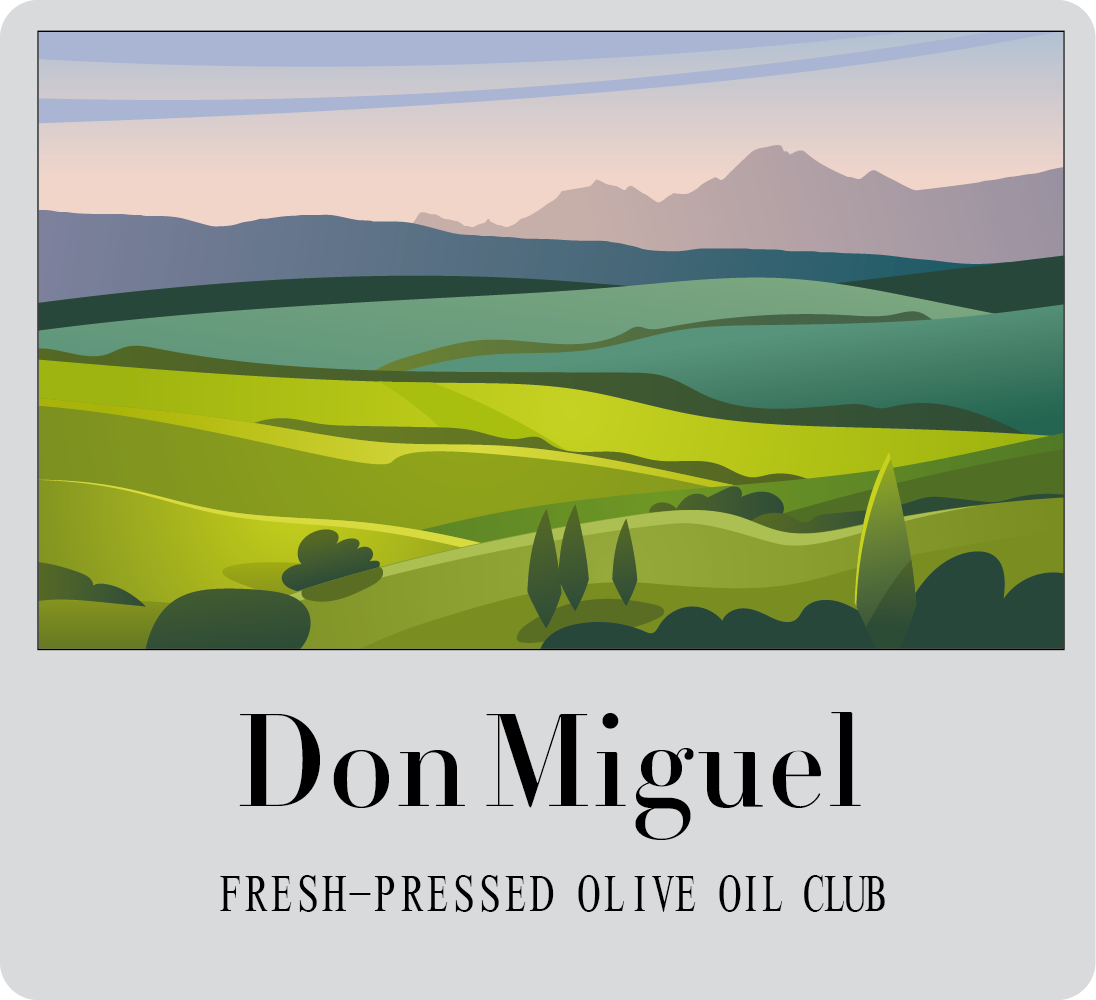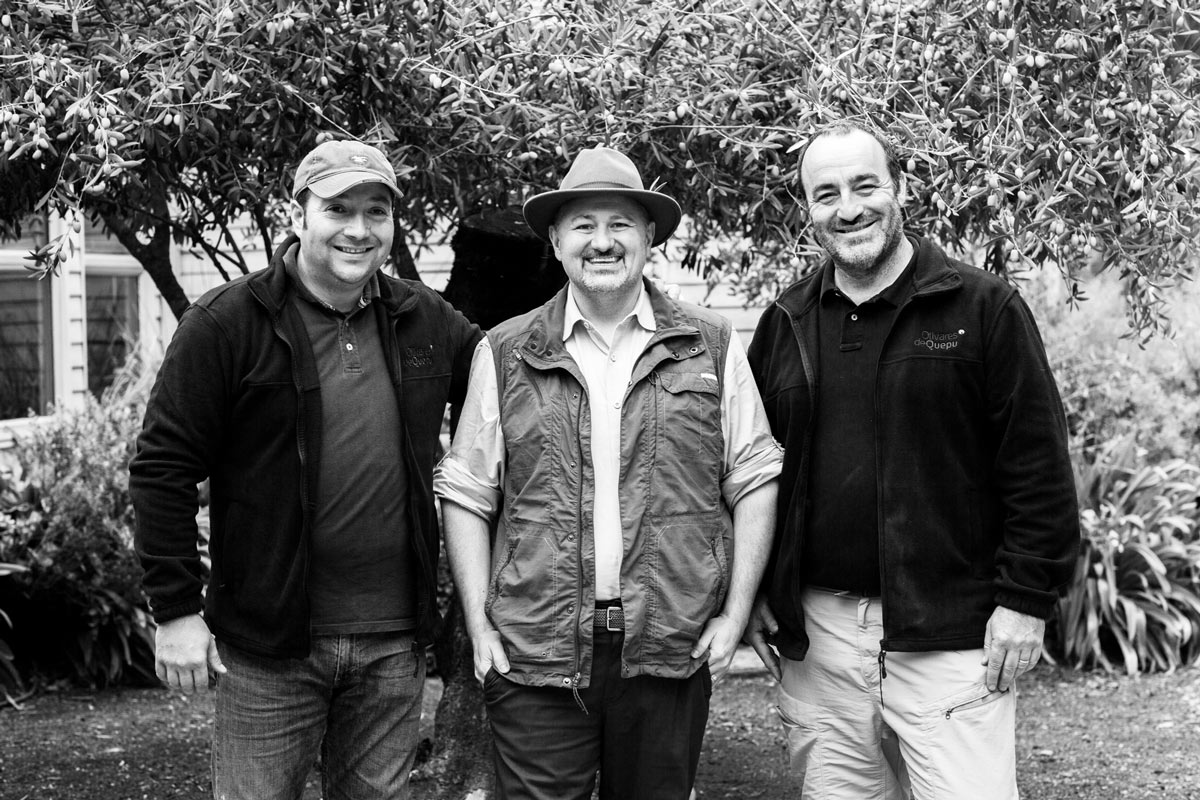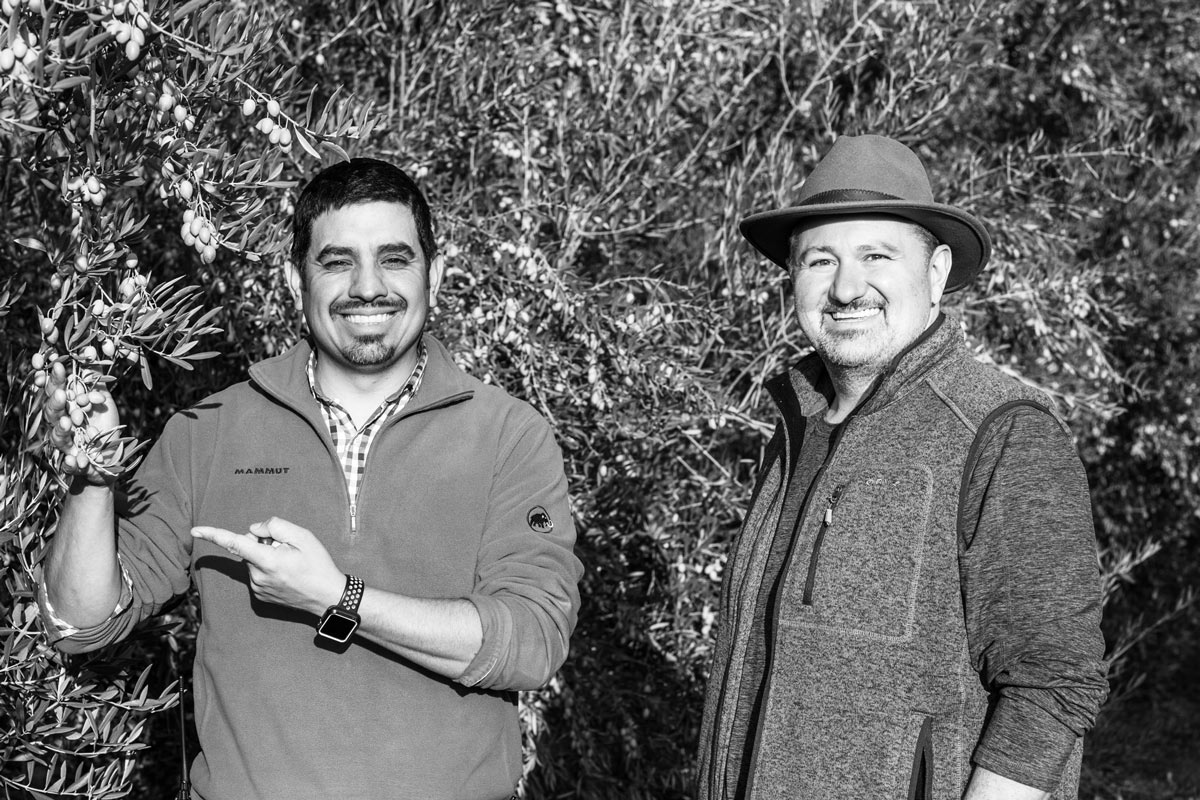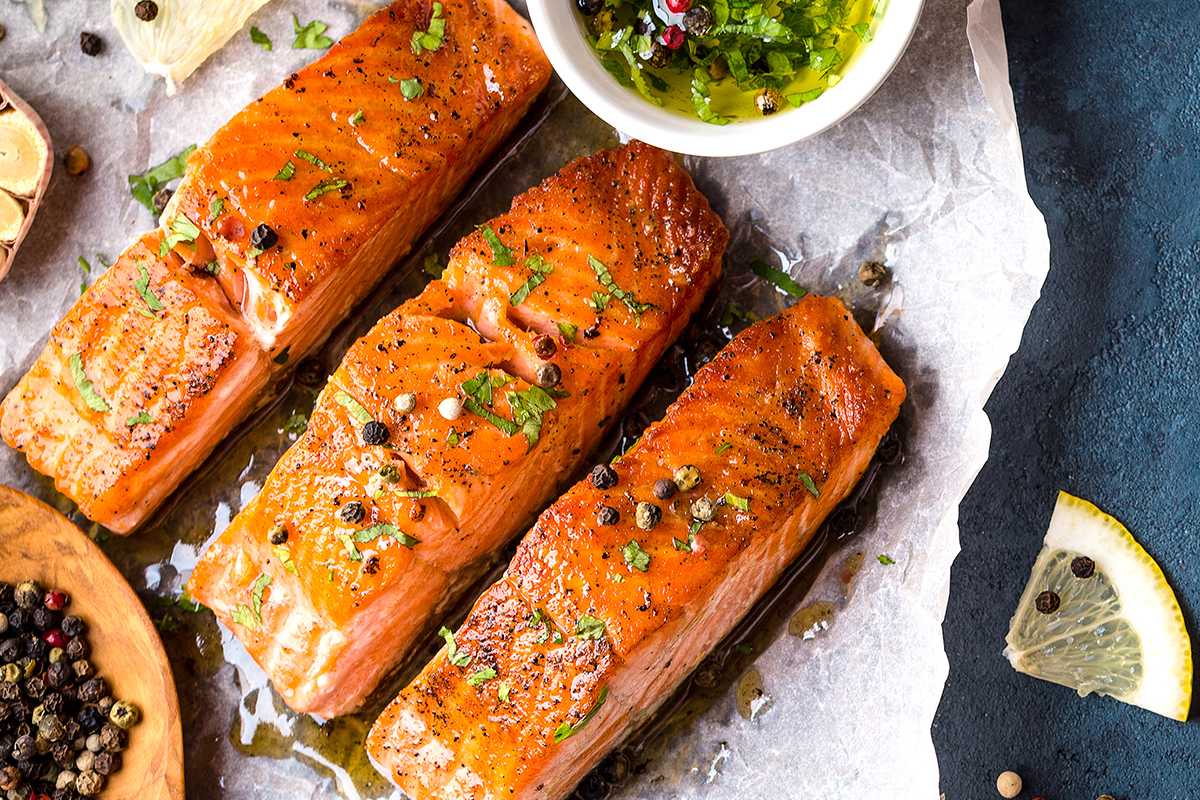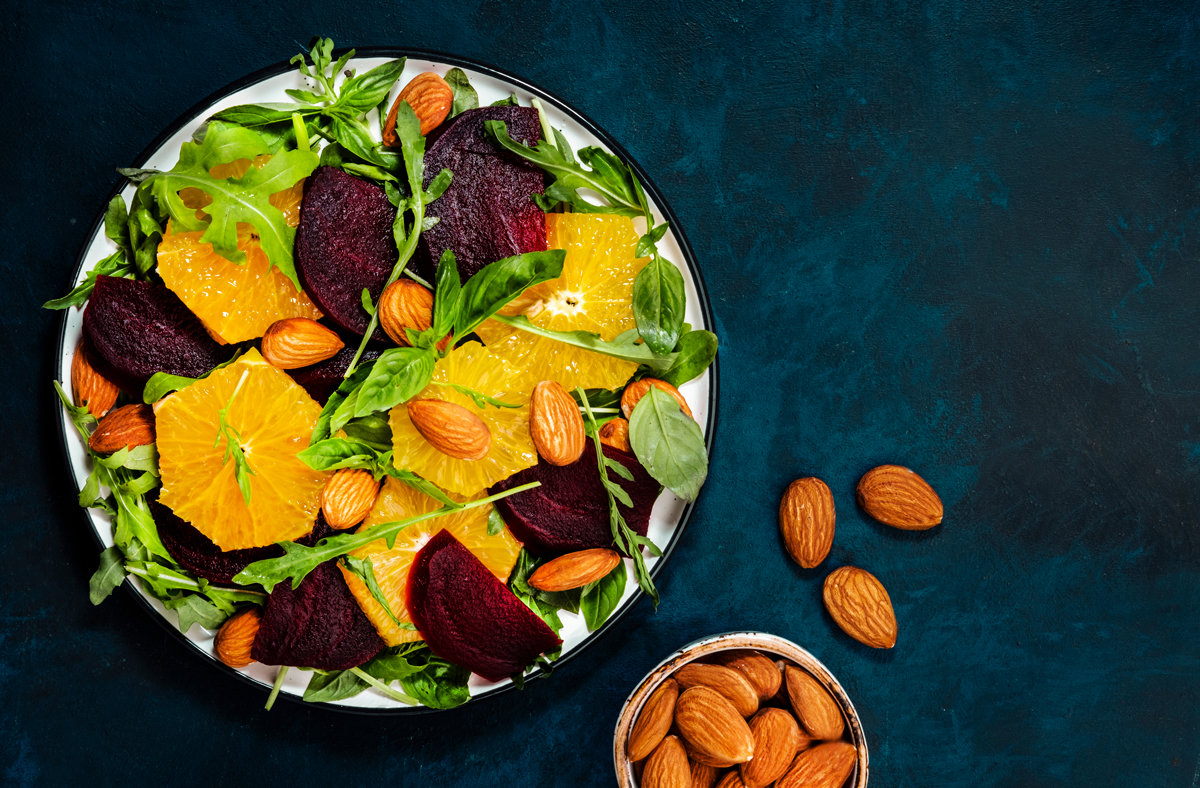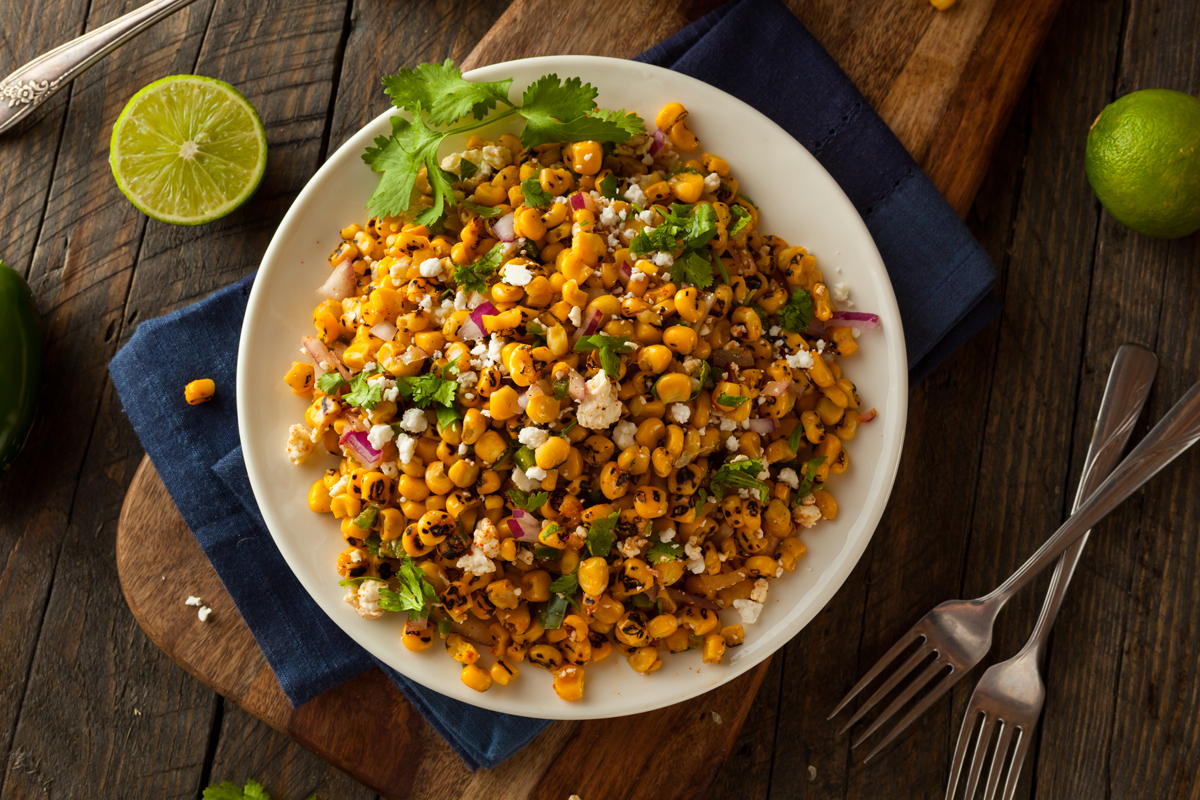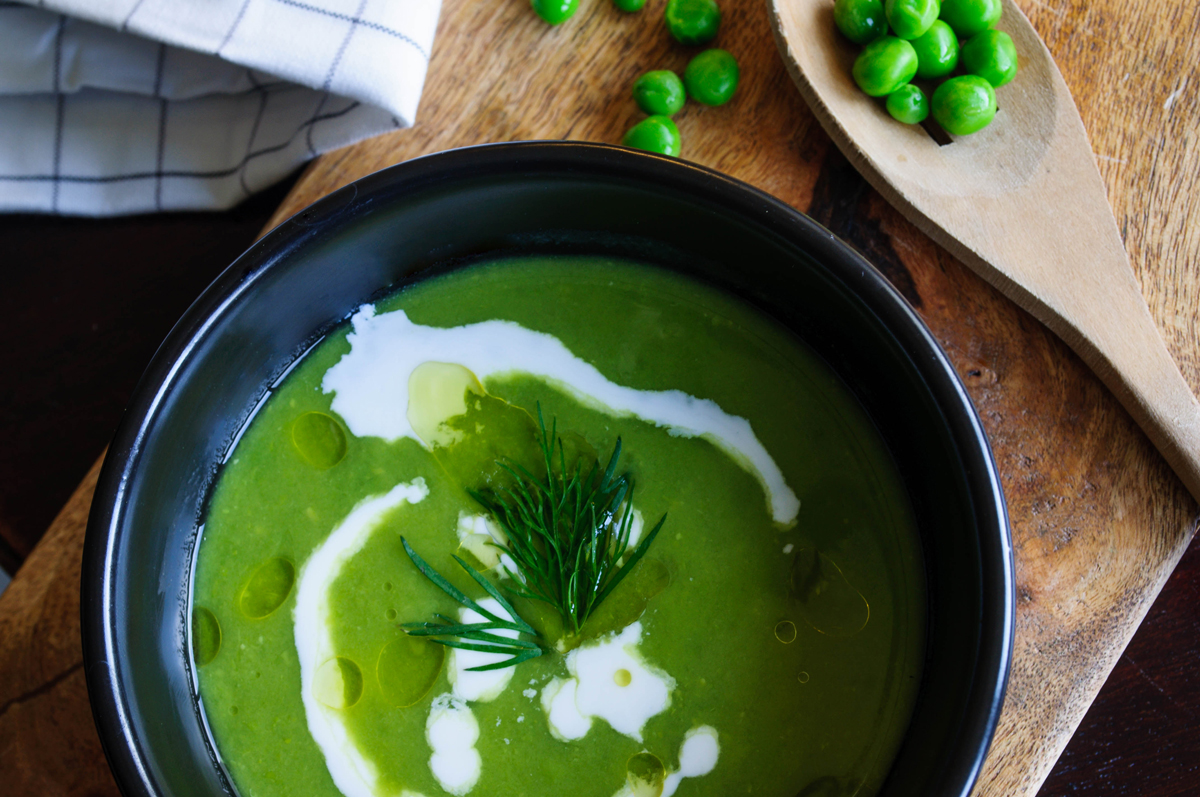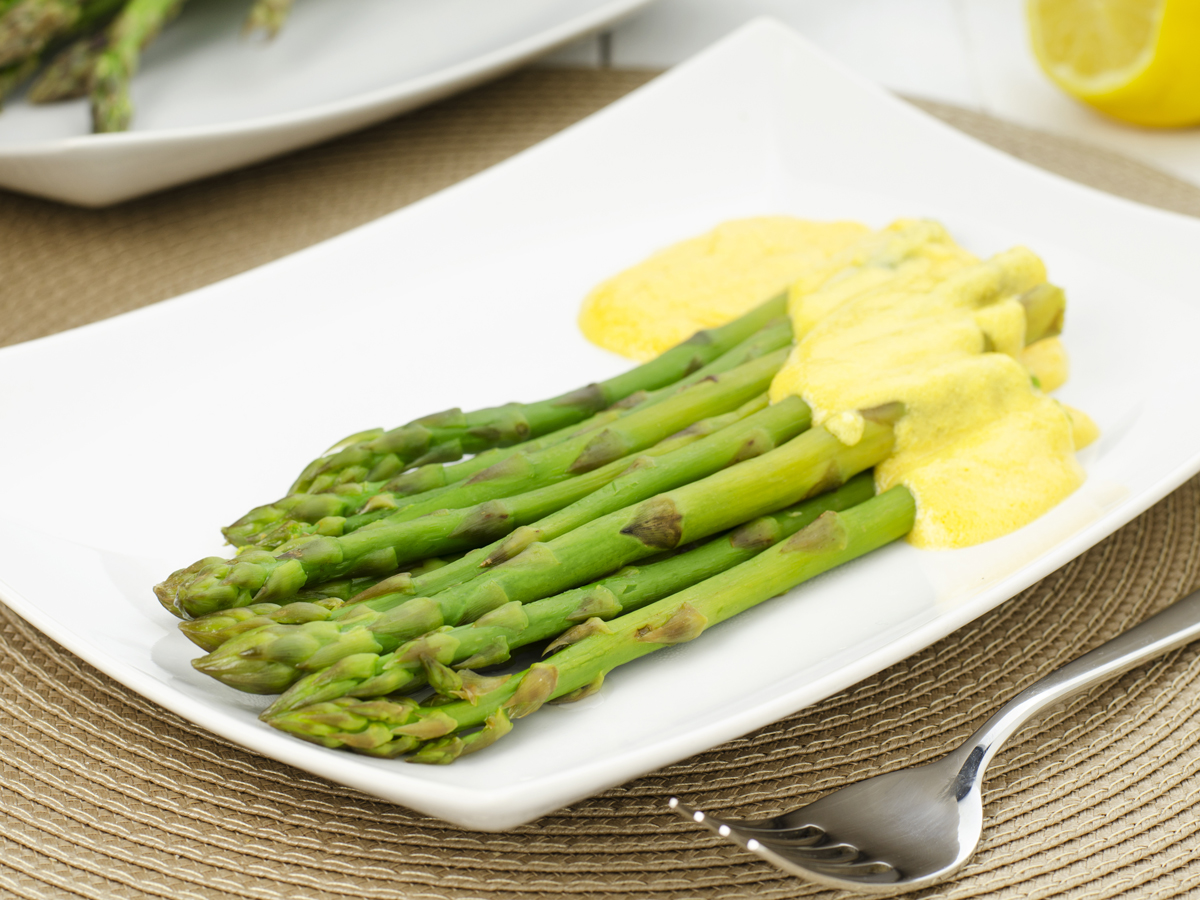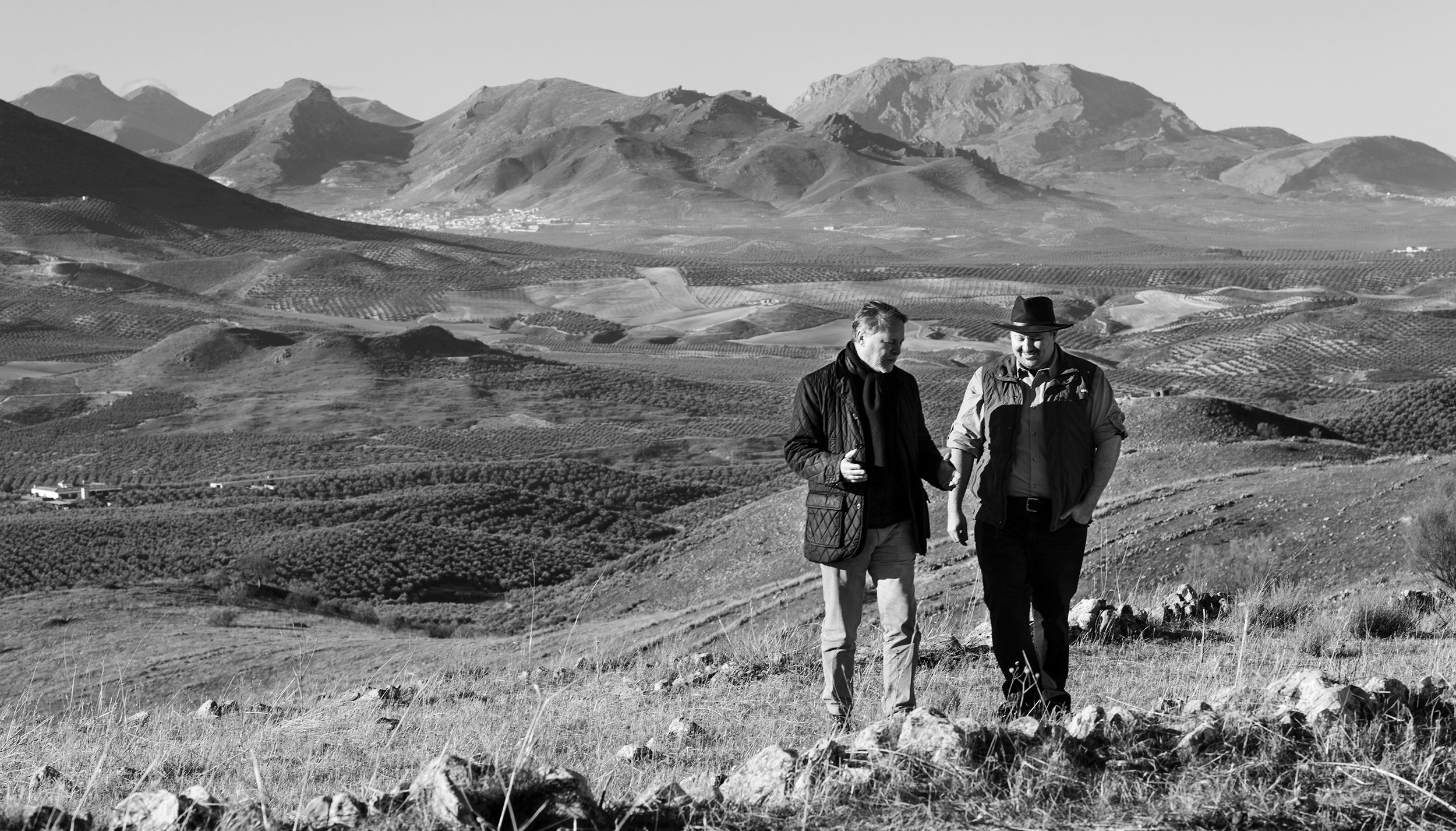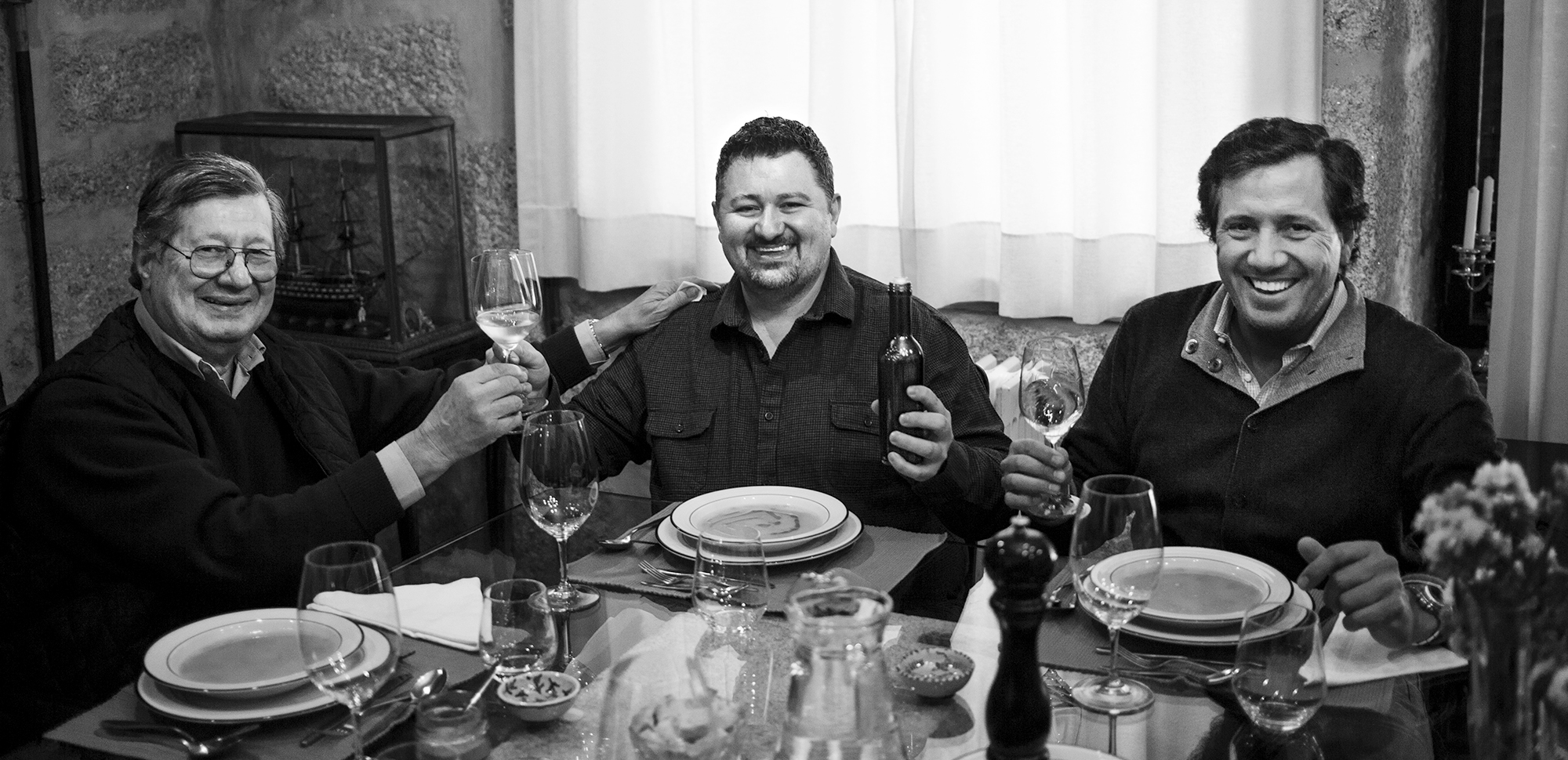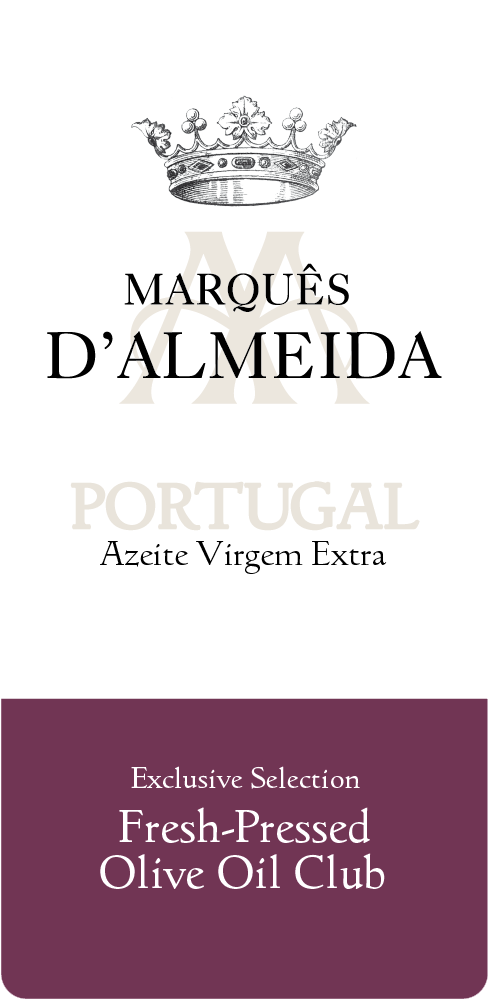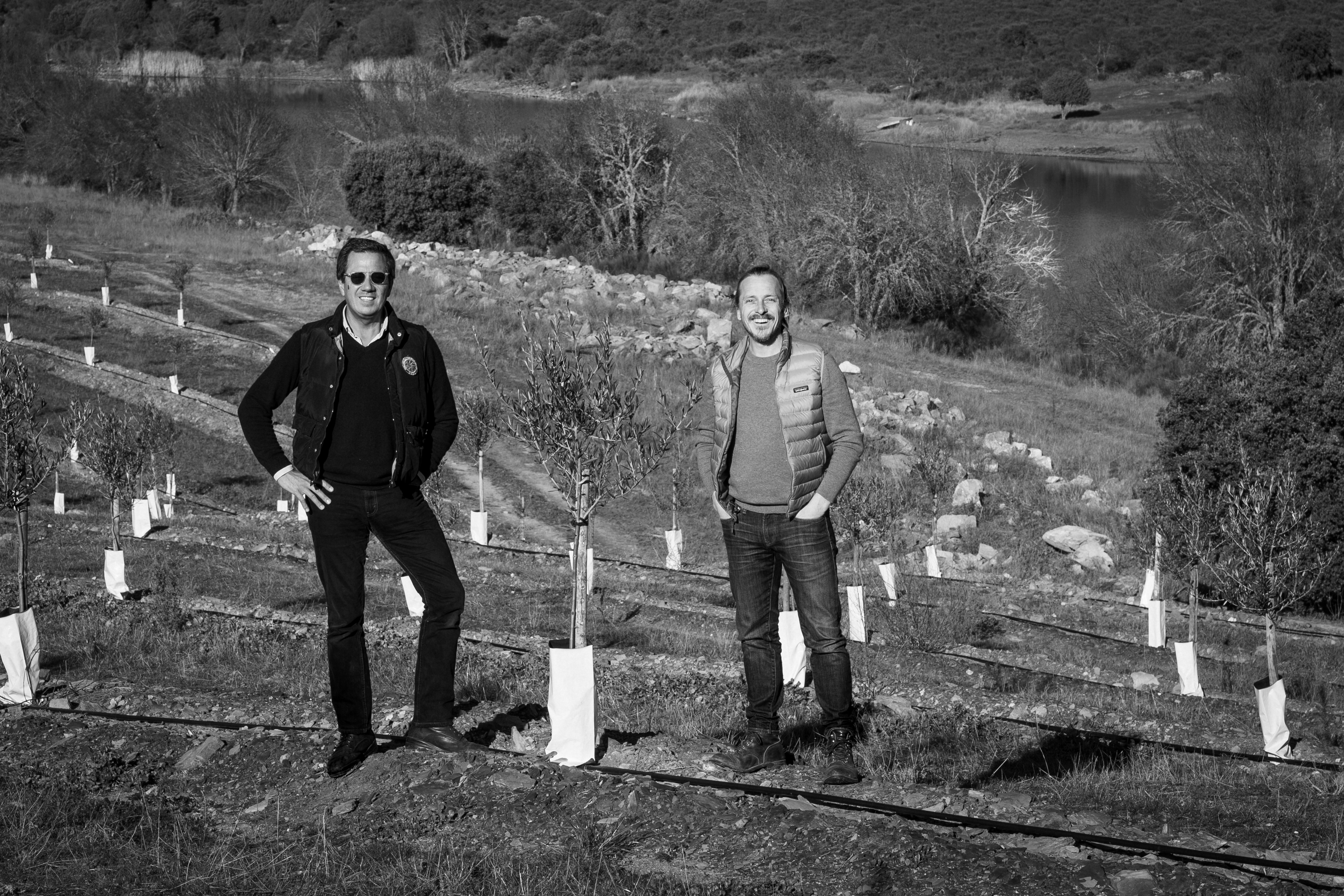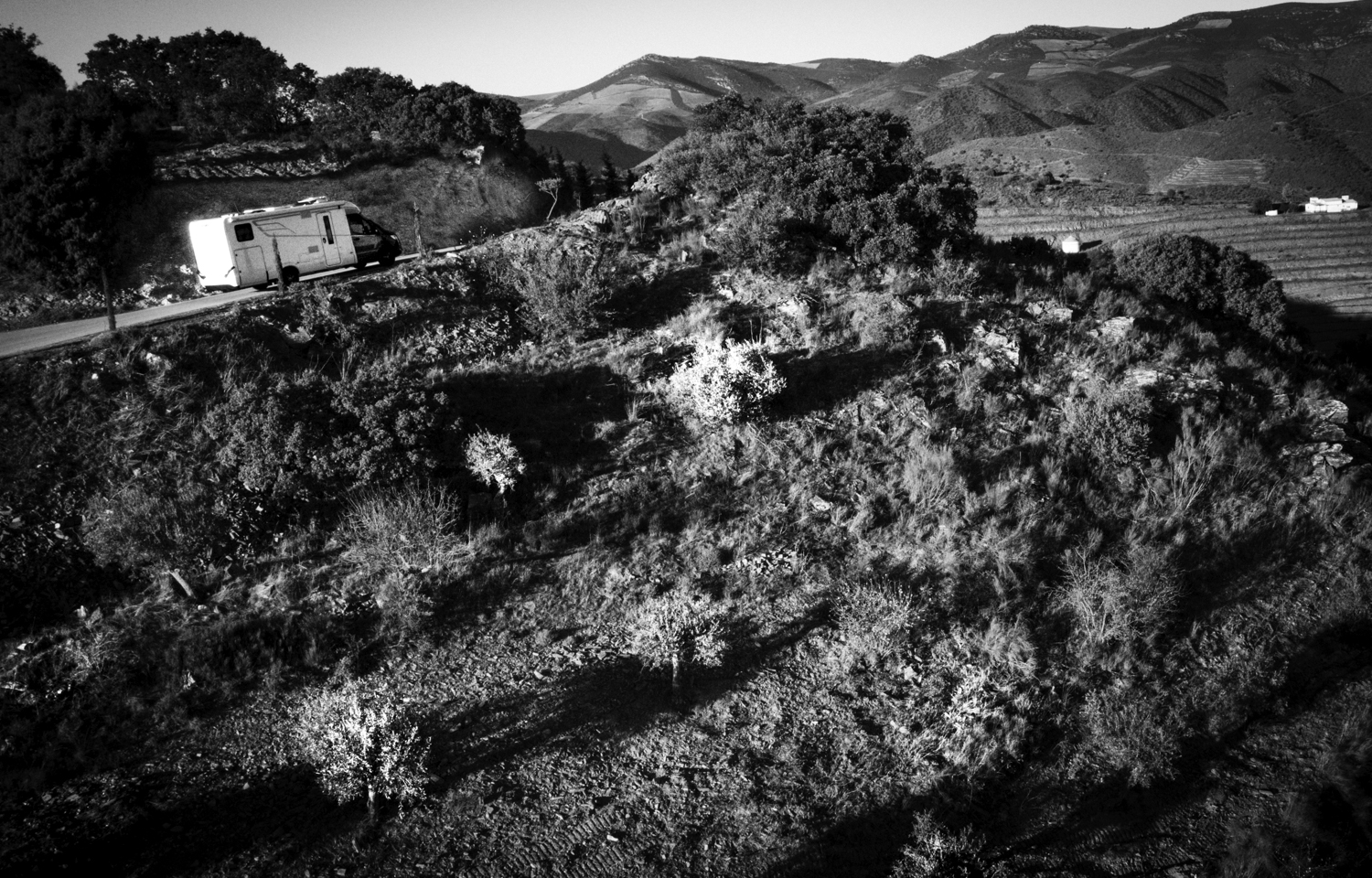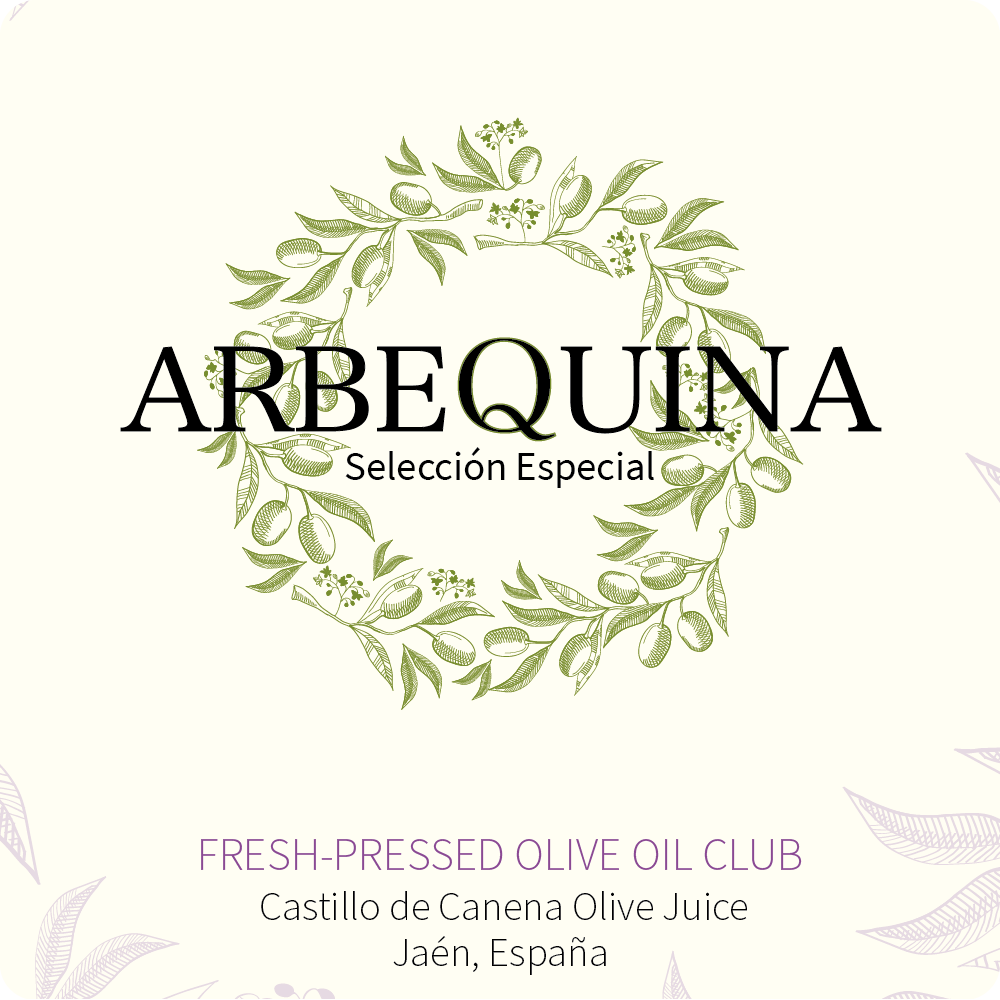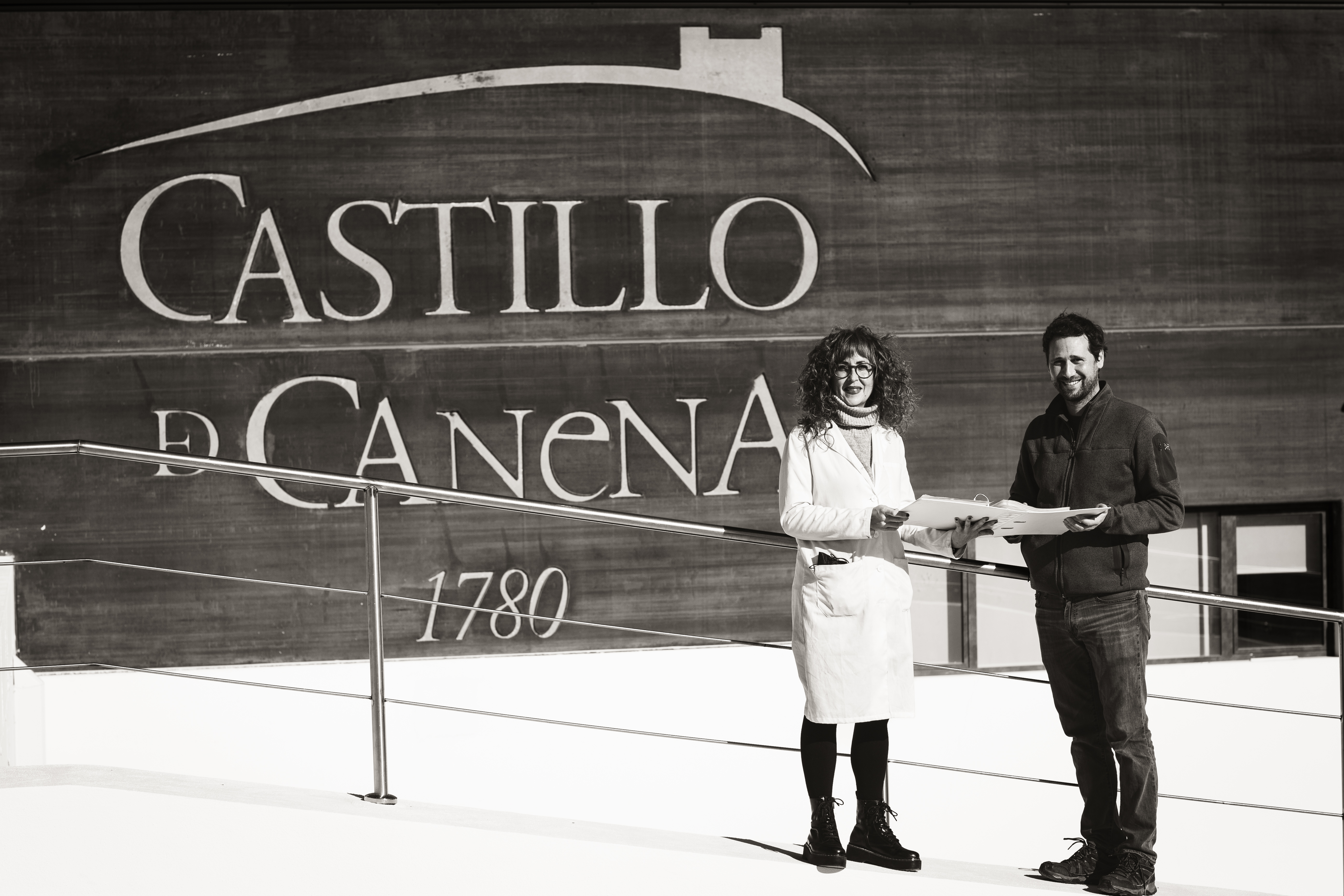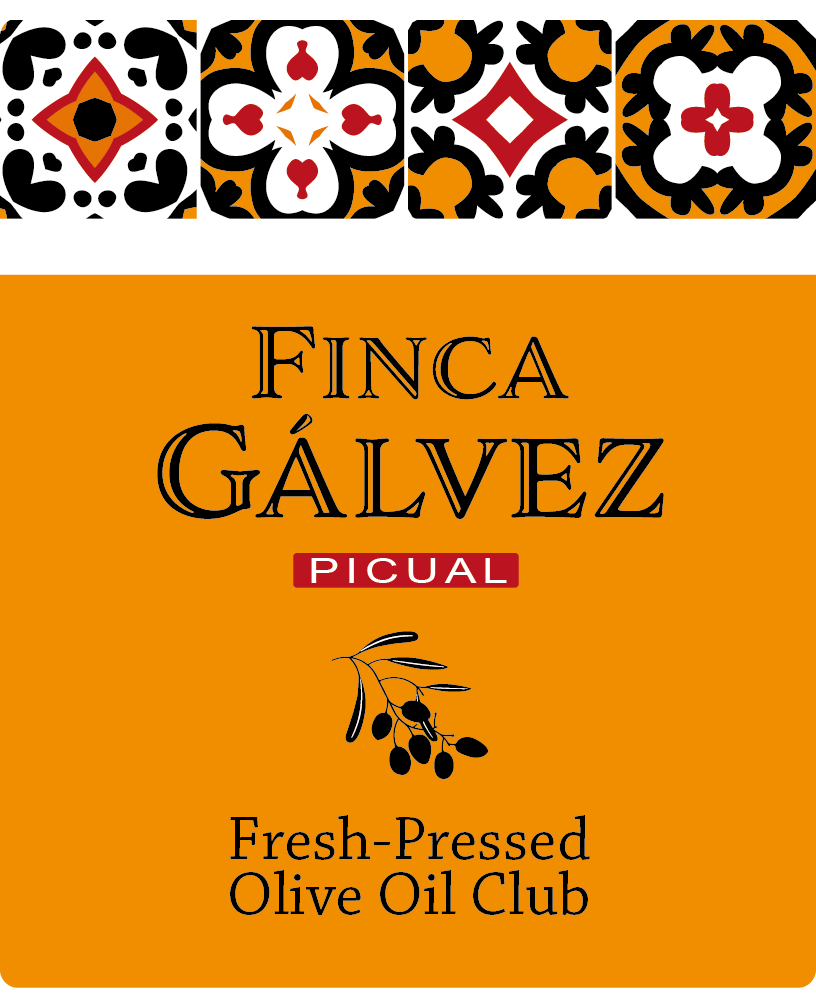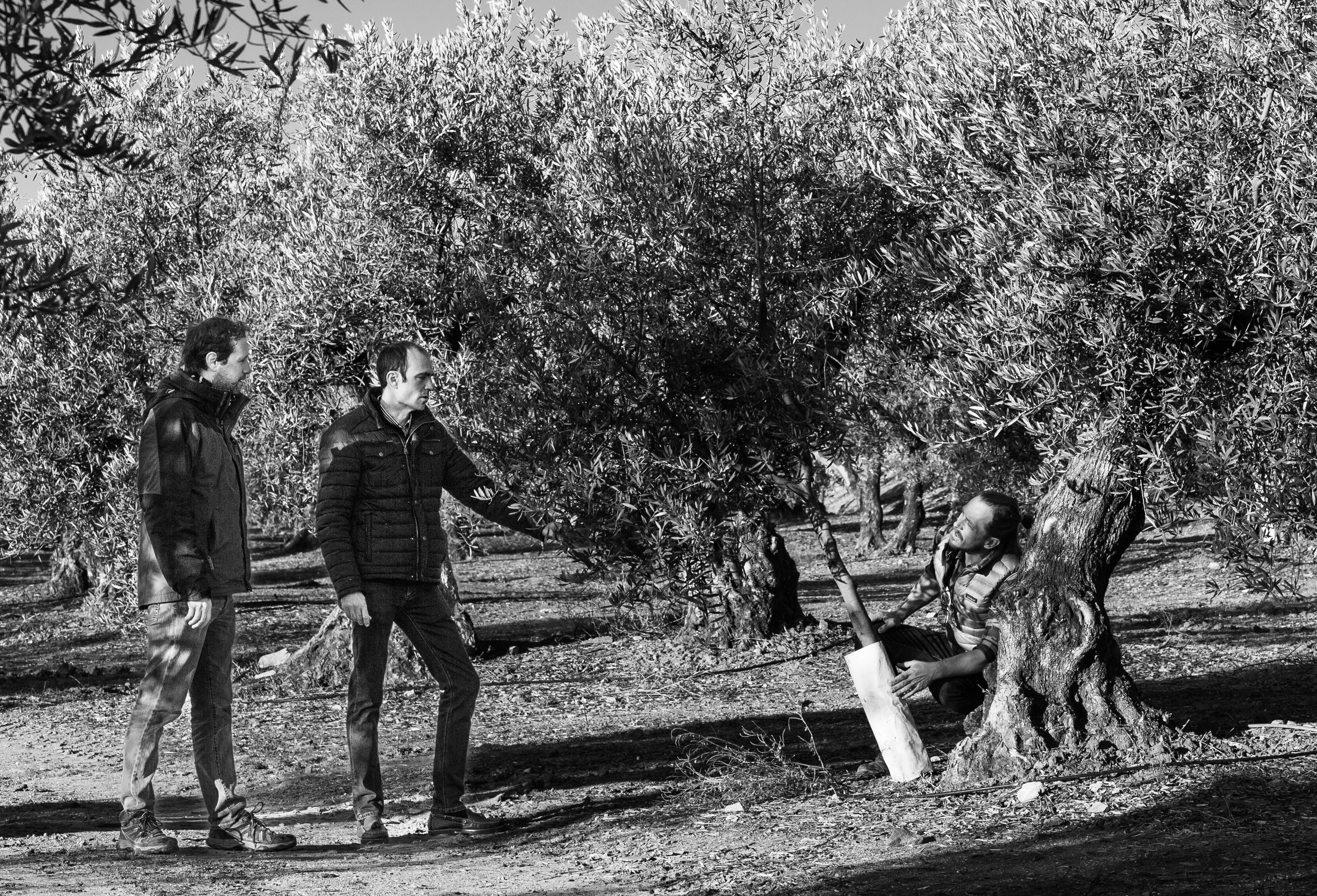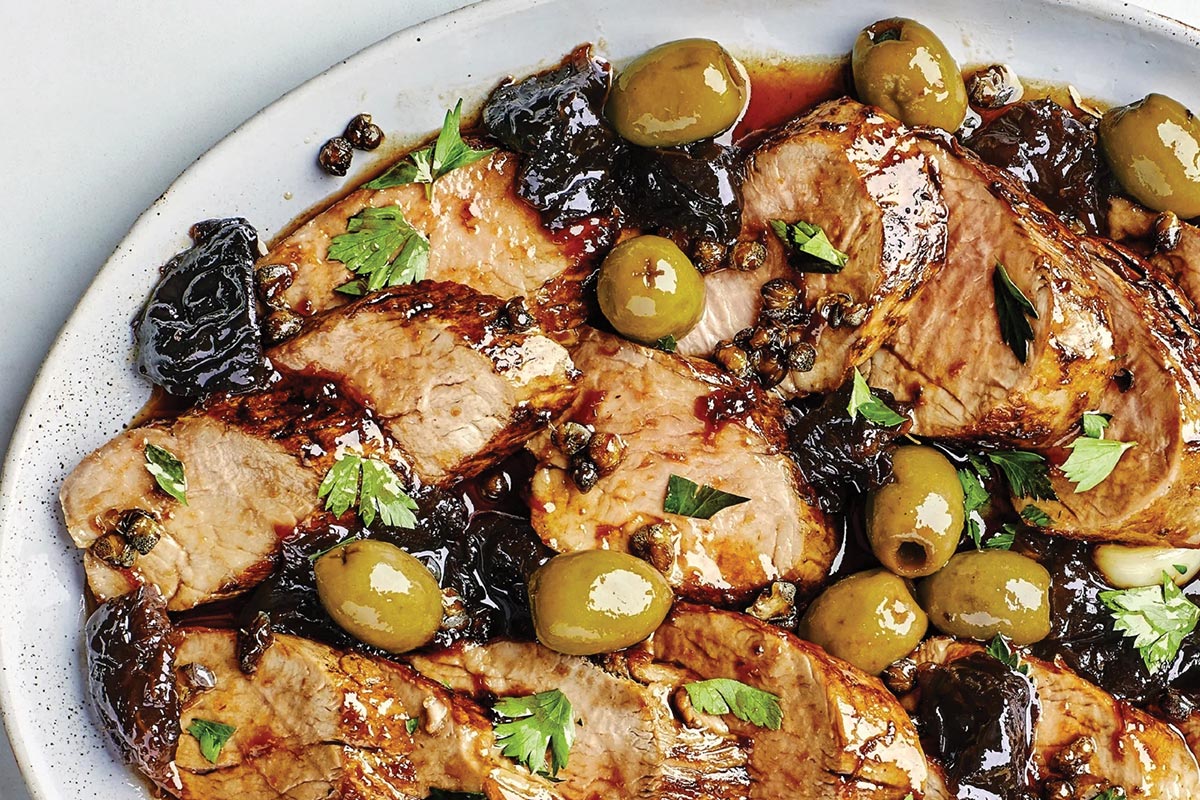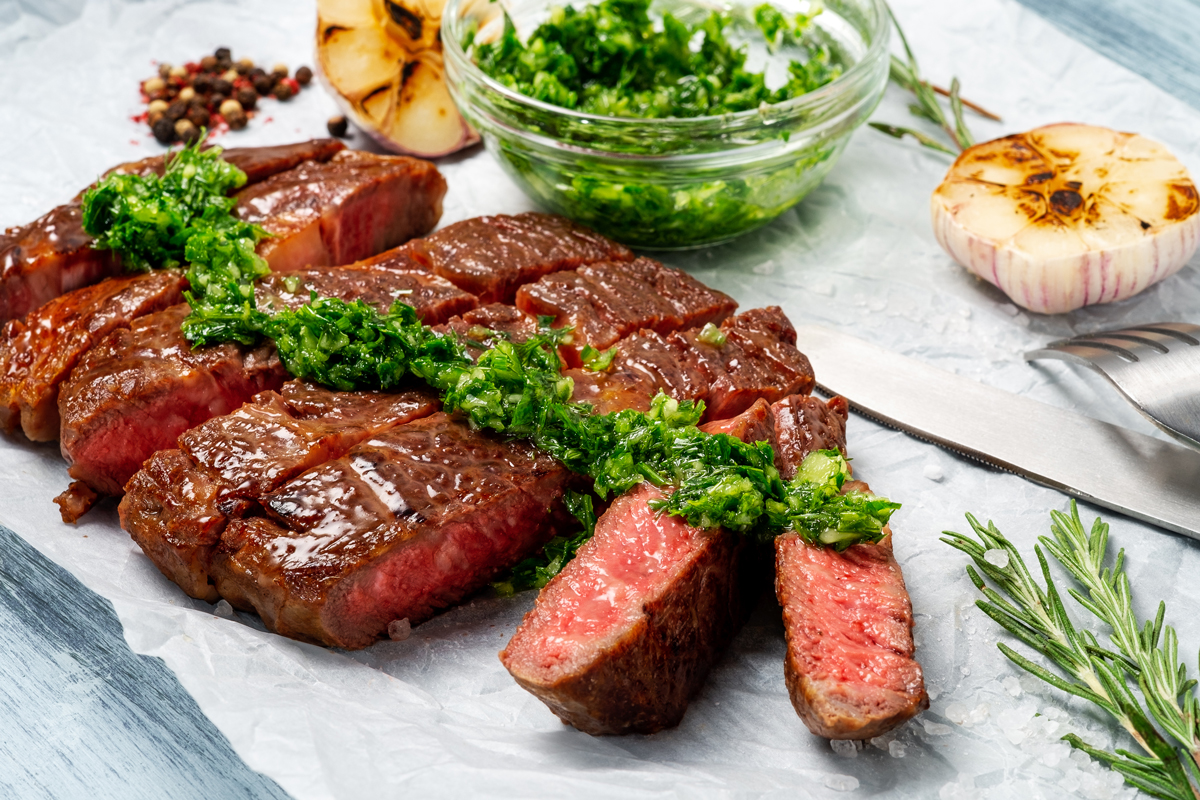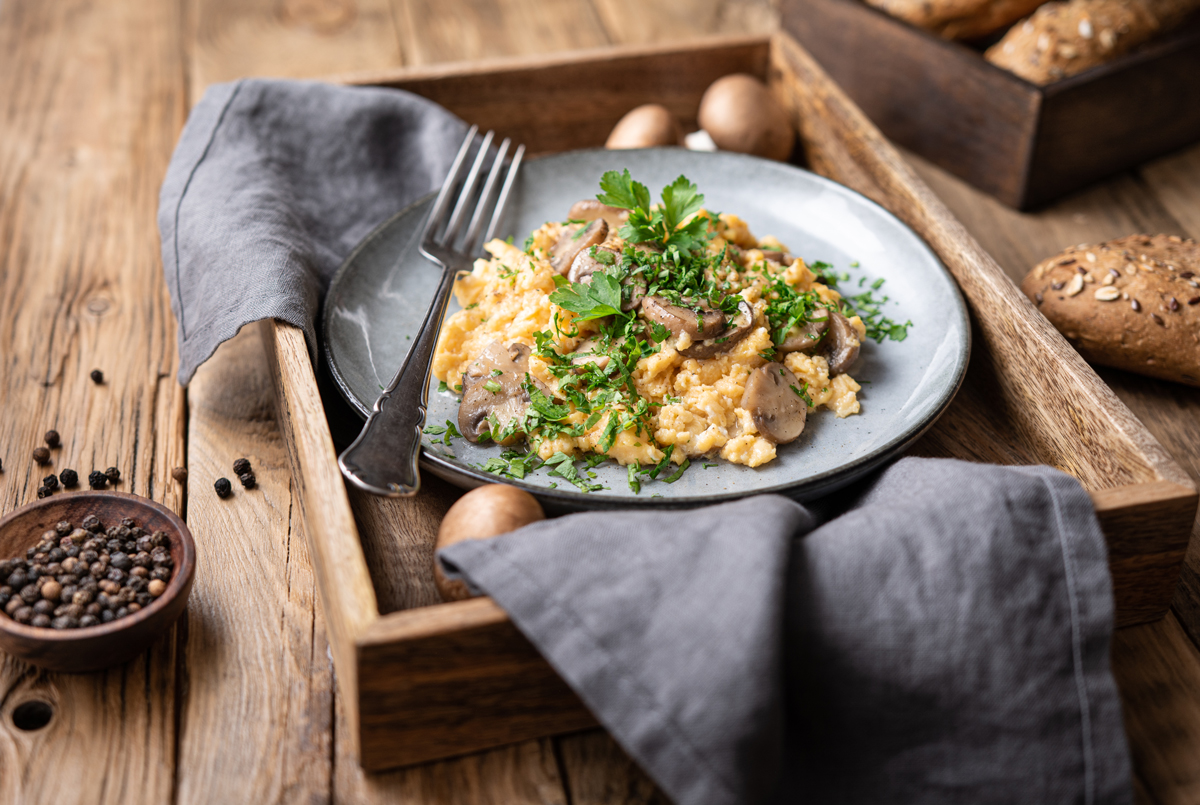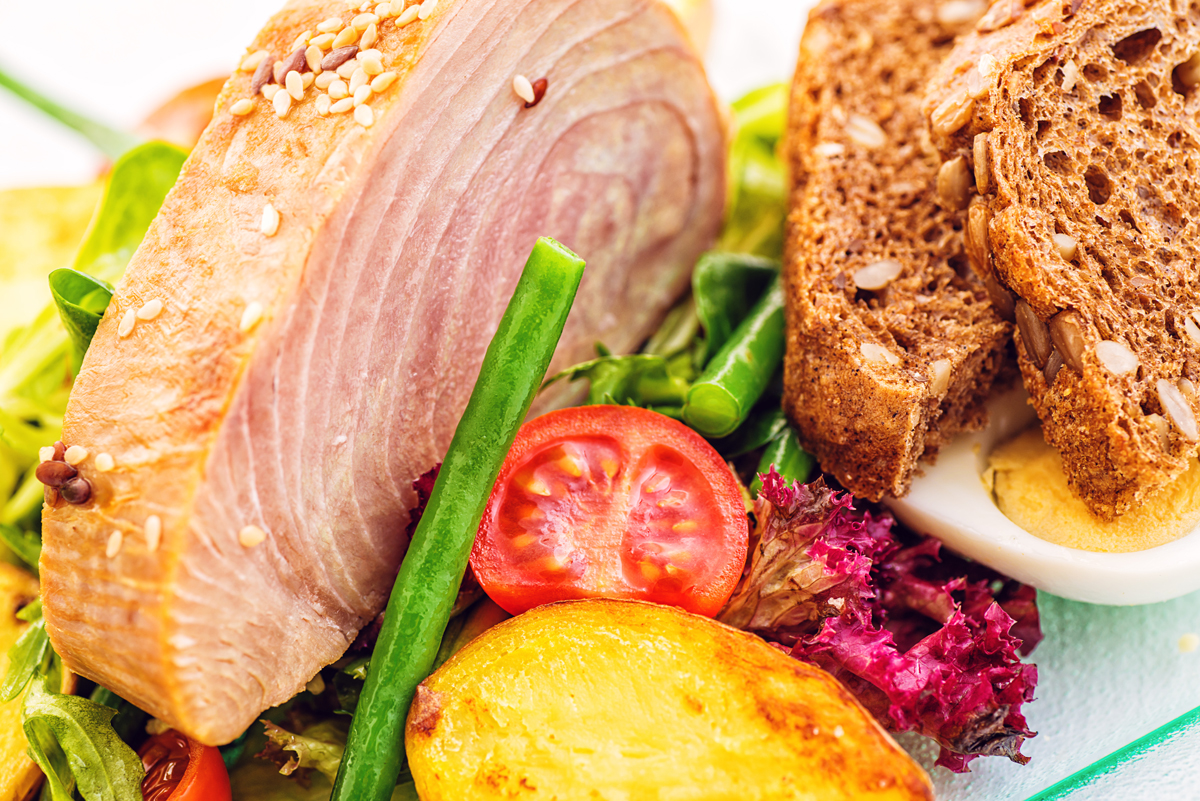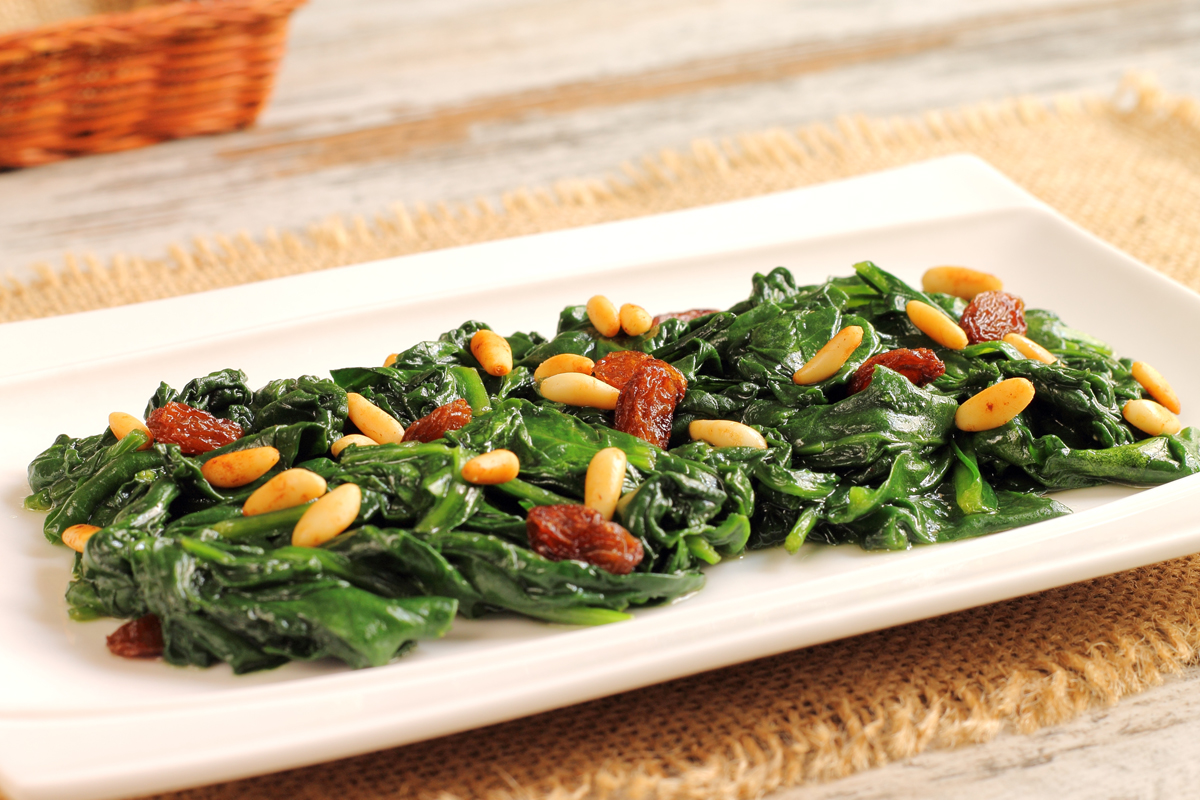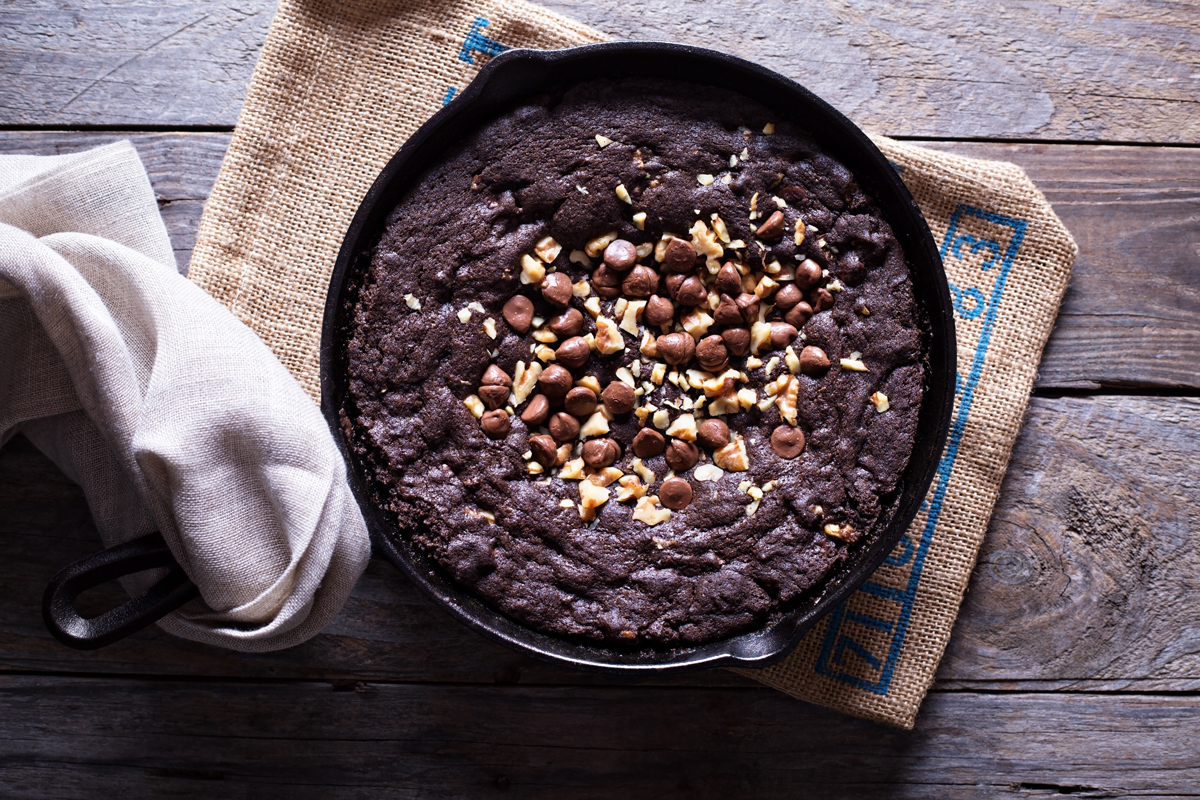Introducing a Trio of Spectacular Fresh-Pressed Extra Virgin Olive Oils from Award-Winning Italian and Greek Producers
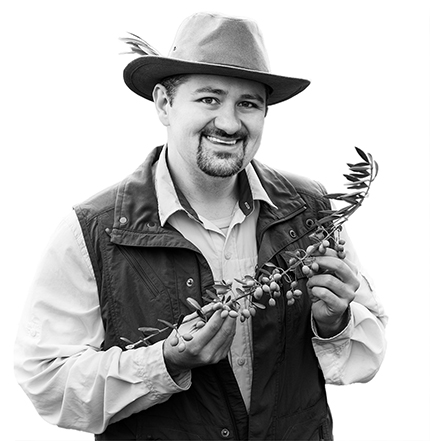
- All three oils showcase single olive varietals that grow only in specific regions in the Mediterranean, making them rarities not only in the US but even in their countries of origin.
- All are Club exclusives personally selected by me, your Olive Oil Hunter.
- As always, all have been certified by an independent lab to be 100 percent extra virgin.
- Rushed to the US by jet to preserve their healthful aromas, flavors, and antioxidants, these oils will be sensational additions to your winter menus and are available nowhere else!
Ah, the glorious appeal of Italy and Greece in the fall… Both countries are renowned for their love of olive oil and—perhaps related—the exceptional longevity of their people.
I’ve longed to return to the region for three years, so I knew my recent visit was going to be epic. It was.
Magical, even. And, as Virgil wrote in the Aeneid, I now come bearing wonders for you—a collection of three extraordinary fresh-pressed
extra virgin olive oils that will elevate your meals from simple to sublime.
Italy is where I first tasted just-pressed extra virgin olive oil. Little did I know that moment and that Sicilian oil, called novello, would change my life. That was when I vowed to introduce discriminating Americans to premium extra virgin olive oils.
Still my sentimental favorite, the Italian boot is my destination when autumn arrives in the Northern Hemisphere. Olive oil is inextricably intertwined with the Italian culture. The country hosts some 550 varieties of Olea europaea. Of course, another olive oil–obsessed Mediterranean country is Greece. It, too, has a long and complicated relationship with this storied evergreen. According to Greek mythology, Athena and Poseidon competed for the right to name a port city by bestowing gifts upon its citizens. Athena’s olive tree, proffering shade, wood, and olive oil, bested the sea god’s saltwater lake, which is why we now know this sprawling metropolis, home to the Parthenon, as Athens. Greeks, by the way, use almost seven gallons of olive oil per person a year, making them the most voluminous consumers in the world.
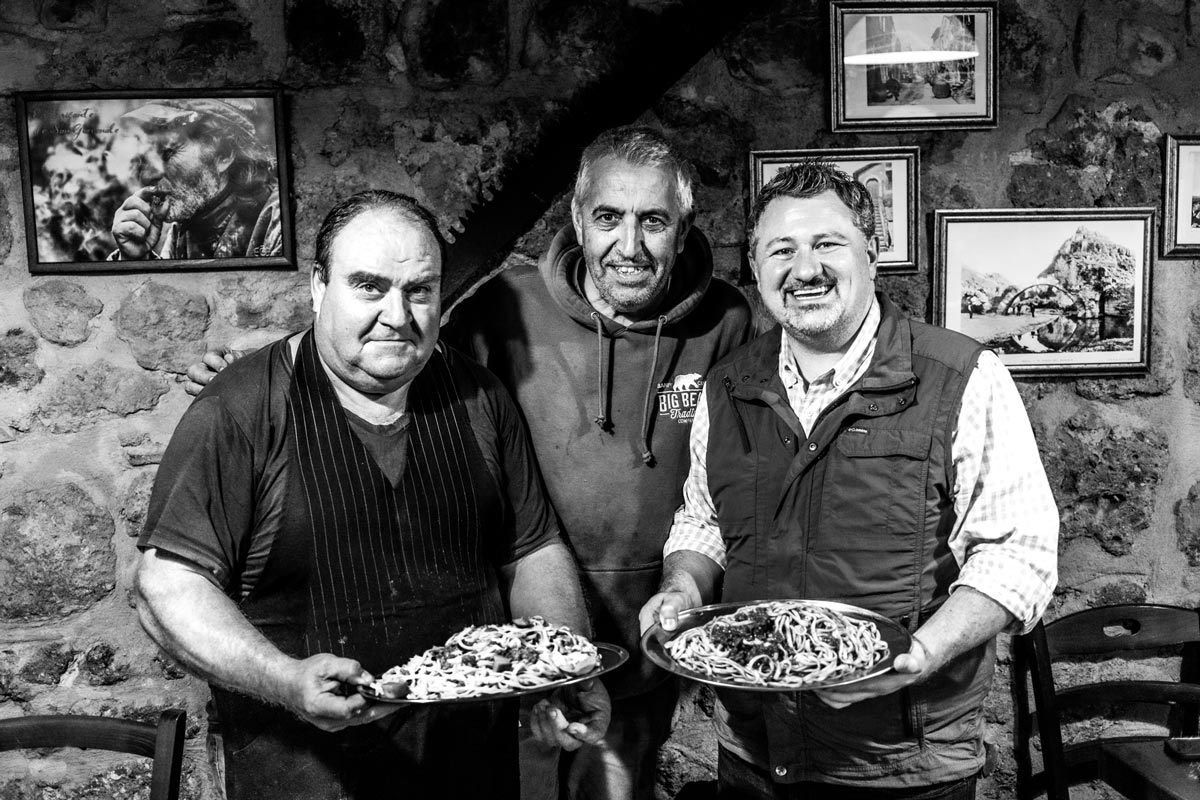
Welcome to Our Mediterranean Celebration
My much-anticipated reunions with award-winning producers I’ve worked with and respected for years—Italy’s Colli Etruschi and Frantoio Mercurius, and Greece’s NOAN—exceeded my expectations. Nicola Fazzi, Claudio Di Mercurio, and Richy Schweger were as glad to see me as I was to see them. My longtime friend, olive oil expert Duccio Morozzo della Rocca, joined my Merry Band of Tasters and me, so it was like Homecoming Week everywhere we went. Everyone was so generous and welcoming. We were gifted everything from pomegranates to homemade olive oil soaps. It felt natural to once again gather around a table and catch up on the sort of news that requires a shared meal, broad hand gestures, the cheerful clanking of plates and pots and pans, lots of laughter, and a glass or two of wine. In this way, we celebrated my October birthday and the college graduation of Claudio’s daughter. (We had two cakes!)
The commingling of business and food in the Mediterranean possibly harks back to ancient times. Duccio speculates that the practice may have had its origins in the famously sumptuous banquets hosted by the Roman Empire. As a native of Rome, Duccio has observed that food is usually part of most social and business interactions. In any case, the cultivation of personal relationships, something I’ve always valued, appears to be a key to sustained success in Old World olive oil circles.
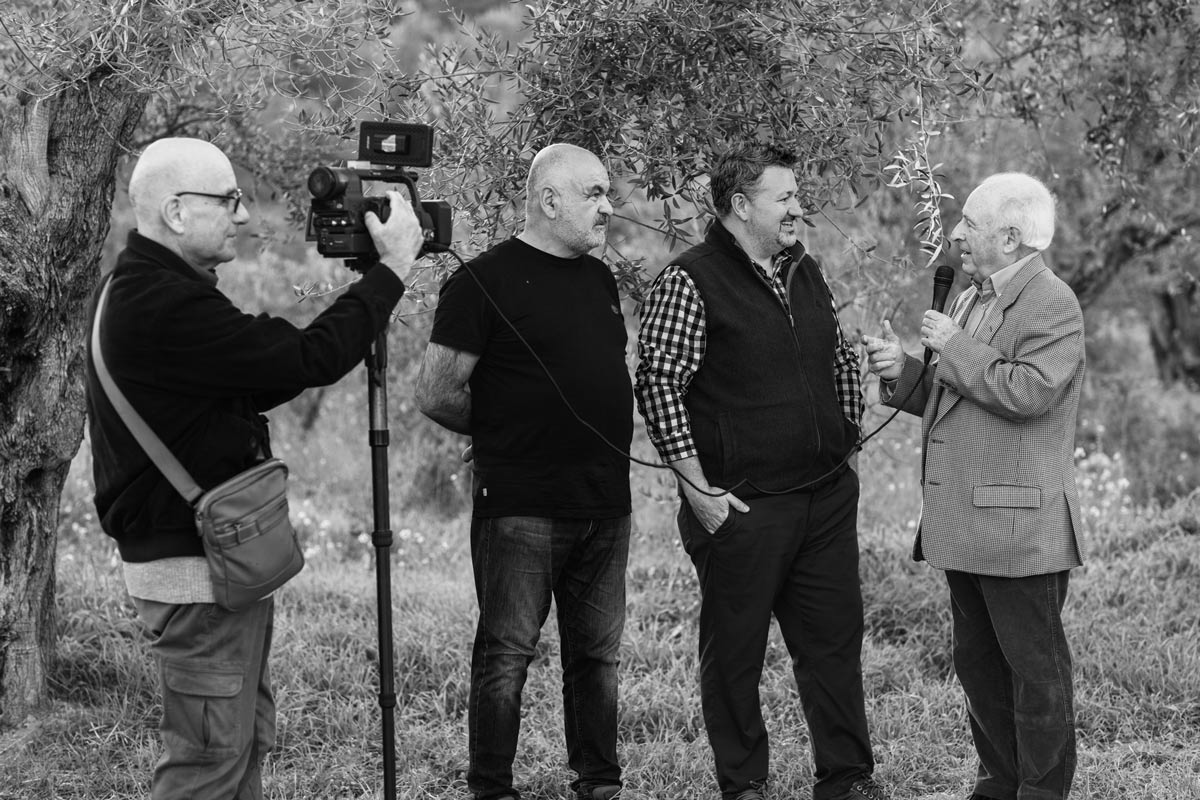
Sharing my gastronomic experiences with you, Club member, is also important to me. My intent is to acquaint you with the specific locales your oils came from as well as to inspire your usage. There are so very many ways to enjoy fresh-pressed olive oil. I’m continually on the lookout for new ones, and never hesitate to patronize street vendors, food trucks, or local markets. (Check out a collection of Mediterranean-based recipes below.)
I delight, as you’ve likely surmised, in visiting this part of the world. I love touring the olive groves, admiring the gnarled trees’ sculptural trunks and canopies, guessing their ages (and histories), and checking out the fruit. And it’s always exciting to watch the first precious dribbles of olive oil emerge from the spigot of the press, my tasting glass at the ready. As Duccio so eloquently put it: “Passion and love deliver such a special product of the land and hills—what the territory wants to present to the world.” Amen.
Perfect Timing and Expert Strategies
The challenge for olive producers in both countries this year was the unceasing hot, dry weather during the summer and early fall. (Parts of Italy reported the worst drought in 70 years. Greece generally fared better.) Without exception, the producers of this quarter’s oils wisely accelerated their harvests in order to take advantage of the elusive “magic window.” They employed special measures in their mills to keep the olive fruit cool during pressing. Fortunately, my team and I had expected an early harvest and scheduled our trip to arrive in the Mediterranean at the perfect time, snagging for Club members the cream of the crop. (And…it was fresh porcini season!)
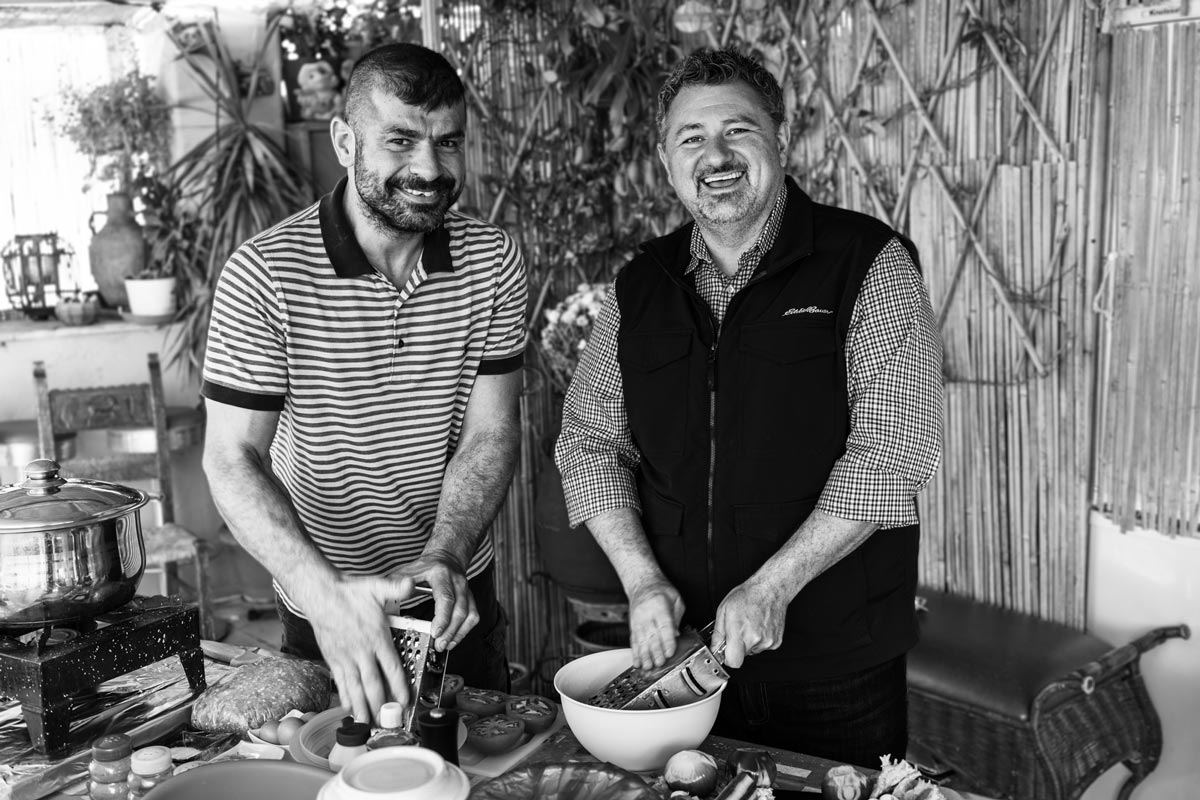
Duccio predicts there will be many mediocre olive oils in the marketplaces of the world this year, with few ways for the unsuspecting consumer to suss them out. You, dear Club member, truly have treasures in your hands.
I feel so privileged to be your olive oil ambassador to the Mediterranean and beyond, representing (and satisfying!) your discerning palate by dealing exclusively with the world’s premier producers. Please take time to read the detailed producer profiles that follow. I want you to vicariously visit the farms and mills with me, dine with the people I’ve introduced you to, and deepen your connection to the incredible extra virgin olive oils you’ve received. Use the oils liberally and in good health. I fervently hope they bring you and your family and friends joy. And I pray I never have to be separated again for any length of time from the olive groves and my dear friends in Italy and Greece.
Happy drizzling!

T. J. Robinson
The Olive Oil Hunter®
This Quarter’s First Selection

It’s great to be back. I’ve sorely missed the Pelion Peninsula. Halfway between Athens and Thessaloniki, this part of Central Greece is breathtakingly beautiful. To the east are the azure waters and pebbled beaches of the Aegean, and, to the west, a verdant hilly ridge, its slopes forested with olive groves, chestnut, and fruit trees. Charming coastal villages divide land from sea, each with small tavernas where an order of tsipouro (brandy) might be accompanied by complimentary mezes.
Is it any wonder, then, that Austrians Richy and Margit Schweger, avid snow- and water-skiers, were captivated by this little-known region of Greece? They bought a vacation home here on property populated with olive oil trees, then realized this was the right location from which to launch their next philanthropic endeavor. Established in 2008, NOAN has almost singlehandedly revitalized the local olive industry. A former IT executive, Richy had zero experience in agriculture. But he and Margit saw the potential of the area’s olive groves. Unorganized and often lacking resources, many growers pressed only enough olive oil for their families’ use or let the olives languish on the ground.
Richy immersed himself in the art of olive oil production, and with the help of a local man, mill owner and miller extraordinaire Jorgo Evangelinos, enlisted about 25 growers in the region to join the co-op. Both men are quick to credit my longtime friend and colleague, Roman olive expert Duccio Morozzo della Rocca, with fast-tracking NOAN’s inclusion in the winner’s circle: Just six years after its founding, NOAN’s oils were recognized by Flos Olei, an Italian guide to the world’s top olive oils.
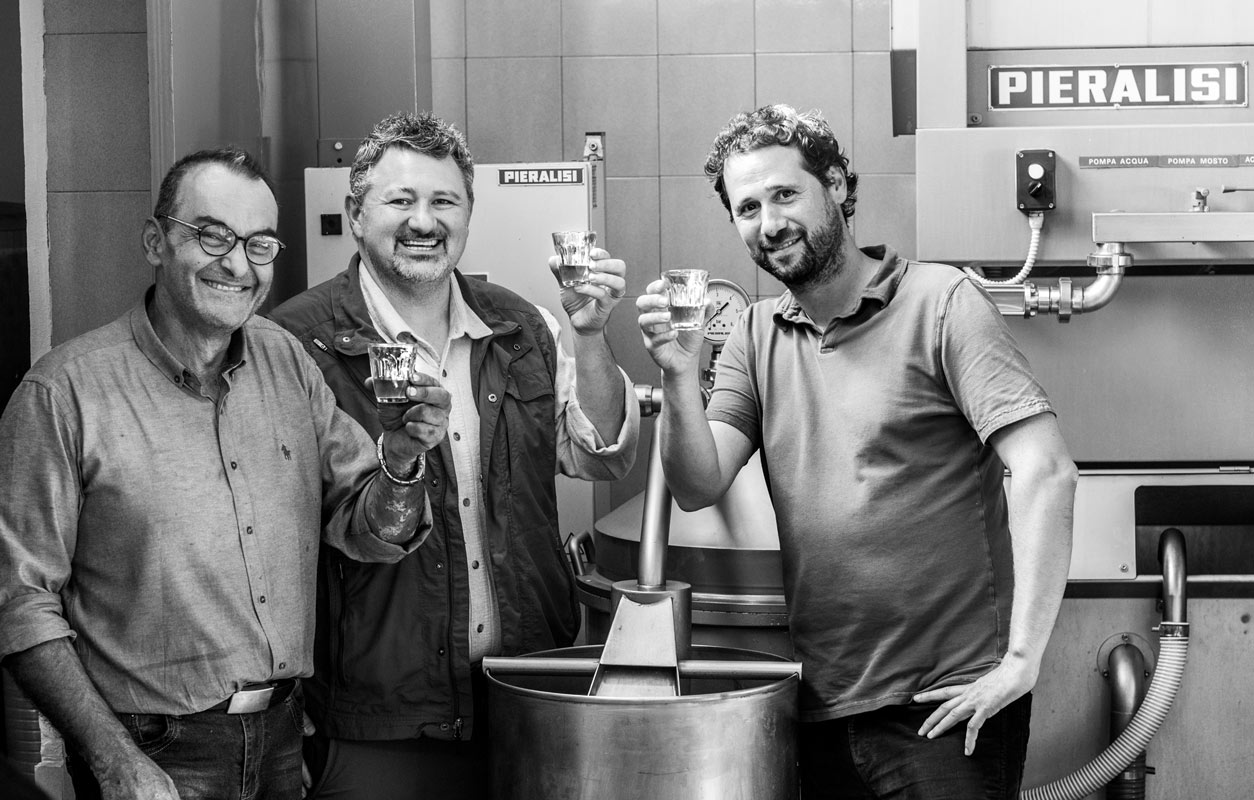
Never resting on its laurels (a Greek phrase if there ever was one), NOAN has continued to support member growers and the community at large. It provides opportunities for continuing education, supplies financial assistance to growers when needed, and donates to local schools.
Since my last visit in 2019, NOAN has strengthened its organization by appointing “alpha growers” who mentor and liaise with younger, less experienced farmers and ensure the fruit they deliver is of superior quality. Prior to the current harvest, additional decanters were installed in the mill to increase productivity and improve the quality of the olive oils. Freezing temperatures, high winds, and any number of things, including equipment breakdowns, can reduce the aforementioned “magic window” to a matter of days. Timing is everything!
The mythical hero Jason and his Argonauts set out from the port city of Volos in search of the “Golden Fleece.” It was “liquid gold” that first brought me to the Pelion Peninsula. (Many of the dramas involving Greek gods and goddesses played out in this enchanting place. Mount Pelion was named after Peleus, the father of Achilles. I can almost imagine centaurs frolicking in the olive groves.)
After enduring disappointing harvests since my last visit (healthy trees usually need biennial “rests” to renew their vigor), I was thrilled to learn Richy and his right-hand man and fellow Austrian, Mario Sageder, predicted this would be “a T.J. year!” Their excitement speaks to the close relationships I’ve built and maintained with the world’s top olive oil producers. They plan ahead for my visits, adapting their growing and milling programs to satisfy our Club’s high standards.
This year, the trees blossomed profusely, and the fruit—the Grecian cultivar known as Amfissa— formed in abundance. A hot, dry summer followed, protecting the olives from pests and boosting their polyphenol levels. Thanks to multiple microclimates, NOAN was able to cherry-pick the olives they deemed worthy of their label. Richy, Mario, and Jorgo met periodically with the alpha growers to identify the most promising groves. Their last meeting was a celebratory harvest party, a much-loved tradition in many olive-growing countries.
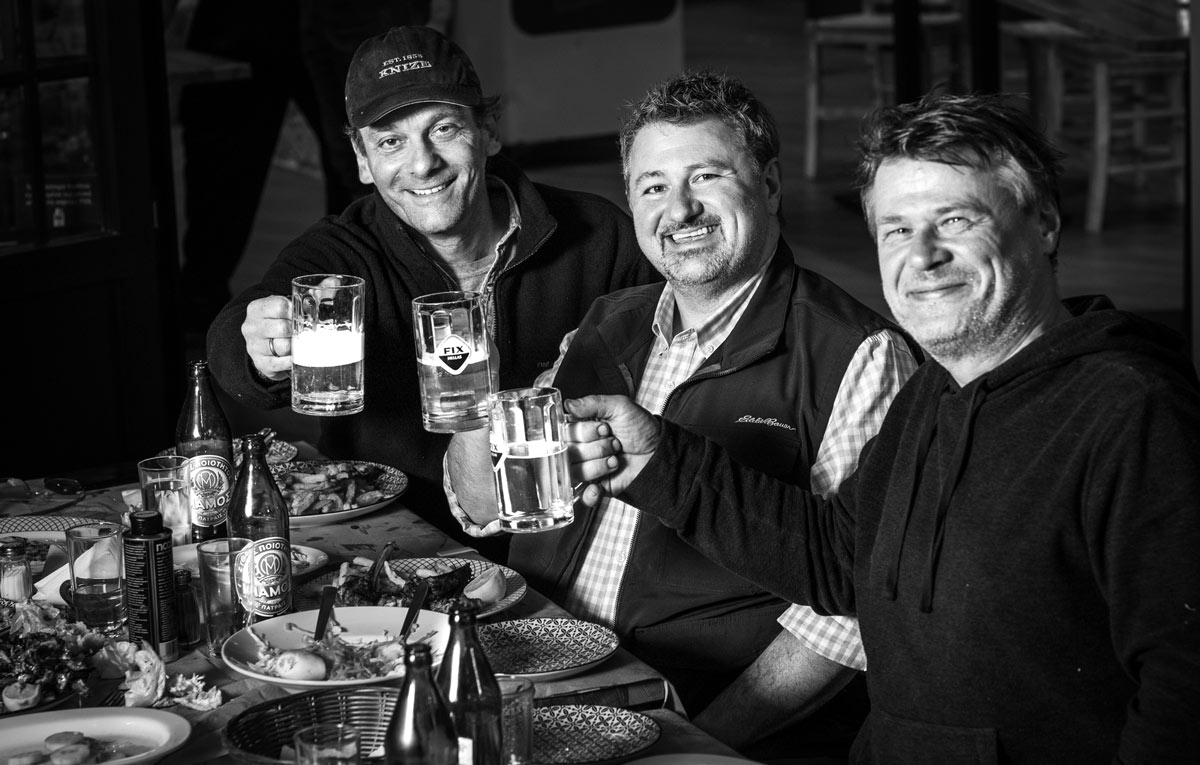
My Merry Band of Tasters and I ate exceedingly well during our visit to Central Greece. The Pelion Peninsula has some of the best food on the mainland. We dined splendidly at family tables and quaint restaurants, tavernas, and cafes. We even had a memorable meal at a gas station/truck stop, where we enjoyed amazing bread, braised green beans spiced with cinnamon, and delectable chunks of tender pork. Of course, we also enjoyed the obligatory Greek lamb chops and tangy tzatziki at a more elegant restaurant—everything accompanied by the wonderful BYOB olive oils we brought to the table. I’m very proud to put on your table this rare and stunning extra virgin olive oil, as food-friendly as any I’ve encountered.
Impressions and Recommended Food Pairings
The Pelion Peninsula is lush and green, descriptors that can also be applied to this delicate oil. Pressed from Amfissa olives grown exclusively in Central Greece, this oil delivers the alluring scents of fresh tomato, new-mown grass, green apple, kiwi, green walnut, wild mint and fennel, celery, and parsley, with white pepper and a hint of cinnamon. Delicate and delightfully creamy in the mouth, featuring tomato, butter lettuce, and spinach, celery leaves, and white pepper. This balanced oil finishes with fresh fennel and mint.
Very food-friendly, great with mild cheeses; marinated olives; rustic breads; rice, beans, and other pulses; sweet potatoes; squash; eggs; poultry; puréed soups; creamy pasta dishes; mild vinaigrettes paired with fruit or potato salads, Greek-style salads, or tender greens; green beans, mushrooms, peas, fennel, or carrots; or mild fish or shellfish. A good choice for baking.
This Quarter’s Second Selection
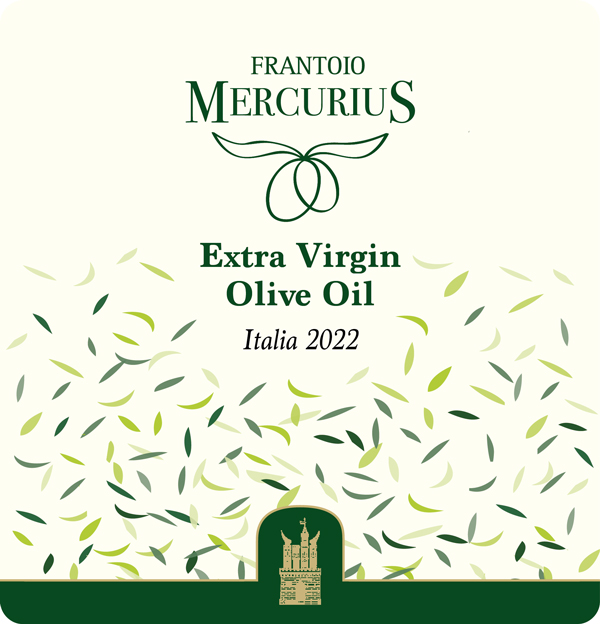
When I reflect on the many meaningful relationships I’ve made since starting the Fresh-Pressed Olive Oil Club, the one I have with Claudio Di Mercurio immediately comes to mind. This year marks our fifth collaboration—and that’s five years in a row! My wistfulness over not being able to visit for three years melted away as Claudio and his wife Olga welcomed us back to Olga’s family home in the ancient town of Penne. A deep mutual admiration has developed over the course of our working together, and Claudio’s appreciation for the relationship inspires him to cultivate the finest Dritta olives so that you, Club members, can savor the fruits of his labor.
Since this is Italy, we, of course, reconnected over food—a lavish homecooked lunch that showed just how integral EVOO is to the local cuisine. We began with grilled sheep- and cow’s-milk cheese dressed with pomegranate arils, fresh walnuts, and a drizzle of fresh olive oil, followed by handmade linguine with polpette (the tiniest meatballs) made with veal, lentil meatballs, porchetta cooked for hours in a wood oven, and amazing potatoes—boiled and then roasted for an hour and a half in fresh olive oil with a little garlic and rosemary. The green salad came right from the garden—escarole, radicchio, fennel, and shaved carrot, with the olive oil and a splash of the apple balsamic vinegar from my first Curated Culinary Selections’ collection that I shared with them. To cap the meal, there was a chocolate roll cake stuffed with Nutella and decorated with whipped cream stars. Could it get any better? Yes! The coming days took us to amazing restaurants known mostly to the locals, gourmet gems that make Abruzzo one of the best food regions of the country. Did you know, as I learned, that saffron is grown here, and that the area’s also known for licorice, nougat, candy-coated almonds, and Gentian Amaro, a liqueur made from gentian root, a bitter botanical used for centuries as a medicinal agent?
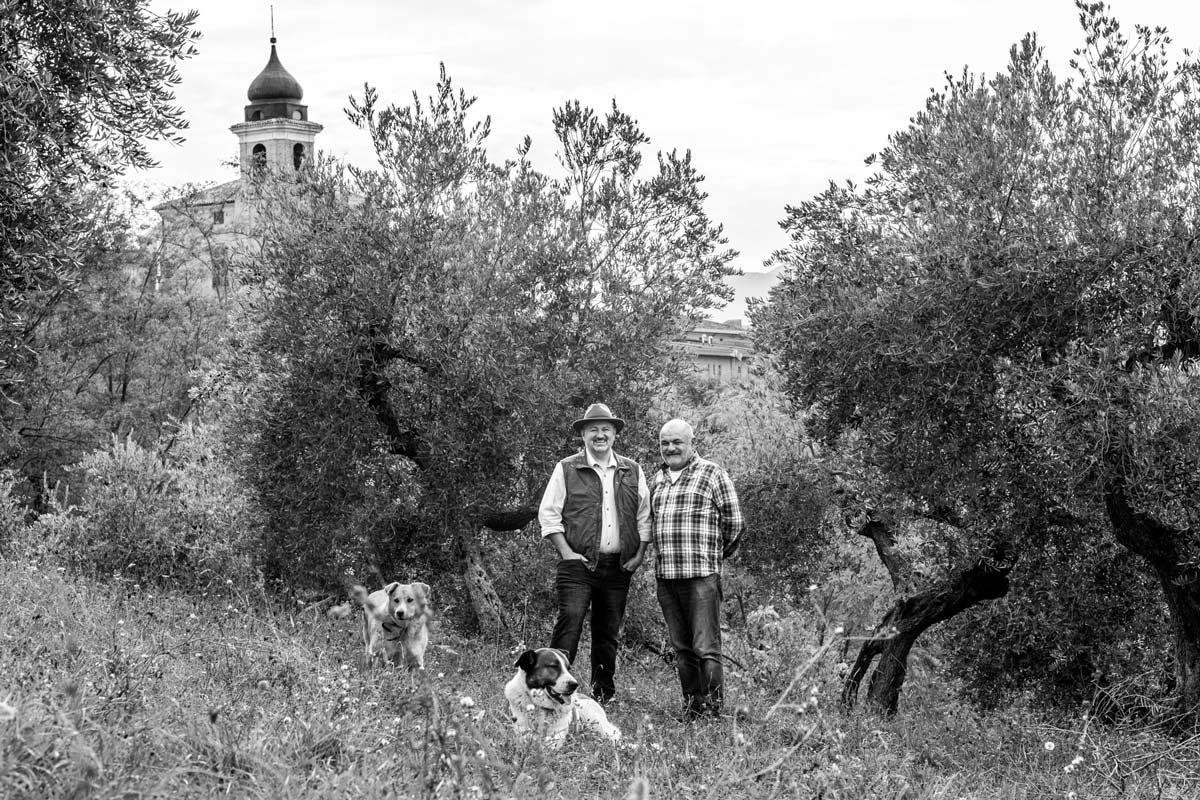
Olive oil, too, has a prominent place in Abruzzese history. An early olive oil research facility tasked with setting certain industry standards was located here, and the hydraulic press, the forerunner of today’s olive milling equipment, was invented by the region’s own Corradino D’Ascanio, the aeronautical engineer behind the Vespa, Italy’s iconic motor scooter, and the country’s first production helicopter.
Like Abruzzo itself, Dritta olive oil flew under the radar for the longest time—I’ll be eternally grateful to Duccio for letting me in on the region’s tastiest secret. Although Claudio also grows Coratina (a variety well known to Club members) and Peranzana olives, I keep coming back to the uniqueness of the Dritta, whose name translates to “dependable.” It’s grown virtually nowhere else and is as delicious as it is dependable. While many other varietals seem to flourish only every other year, Dritta is like the Energizer bunny that keeps going and going.
Claudio’s groves benefit from Penne’s microclimate—it’s cradled between low peaks of the Apennine mountains and the Adriatic Sea. This enviable location protects the area from the brutally hot summers experienced in other parts of Italy, yet it’s not impervious to the effects of climate change. Claudio and his skilled team have had to adjust to fruit that starts ripening sooner than in the past. The harvest now finishes around the date it used to begin! “The mill itself becomes more important to control the quality,” Claudio explained. “The olive miller is like the maestro of an orchestra. He tunes the instruments for every type of climatic condition that arises. And everyone, not just the miller, needs to be trained.” Everyone also shares Claudio’s belief that “quality is born in the field and refined in the mill.” I can taste their dedication in this year’s liquid gold—our medium selection is harmonic, beautifully balanced, and a perfect food-friendly oil you can dress up or dress down. You’ll taste why Frantoio Mercurius is a frequent winner of the top olive oil prizes in the world from expert guides such as Gambero Rosso, Flos Olei, and Slow Food—the Di Mercurios often make family adventures out of going to the award ceremonies.
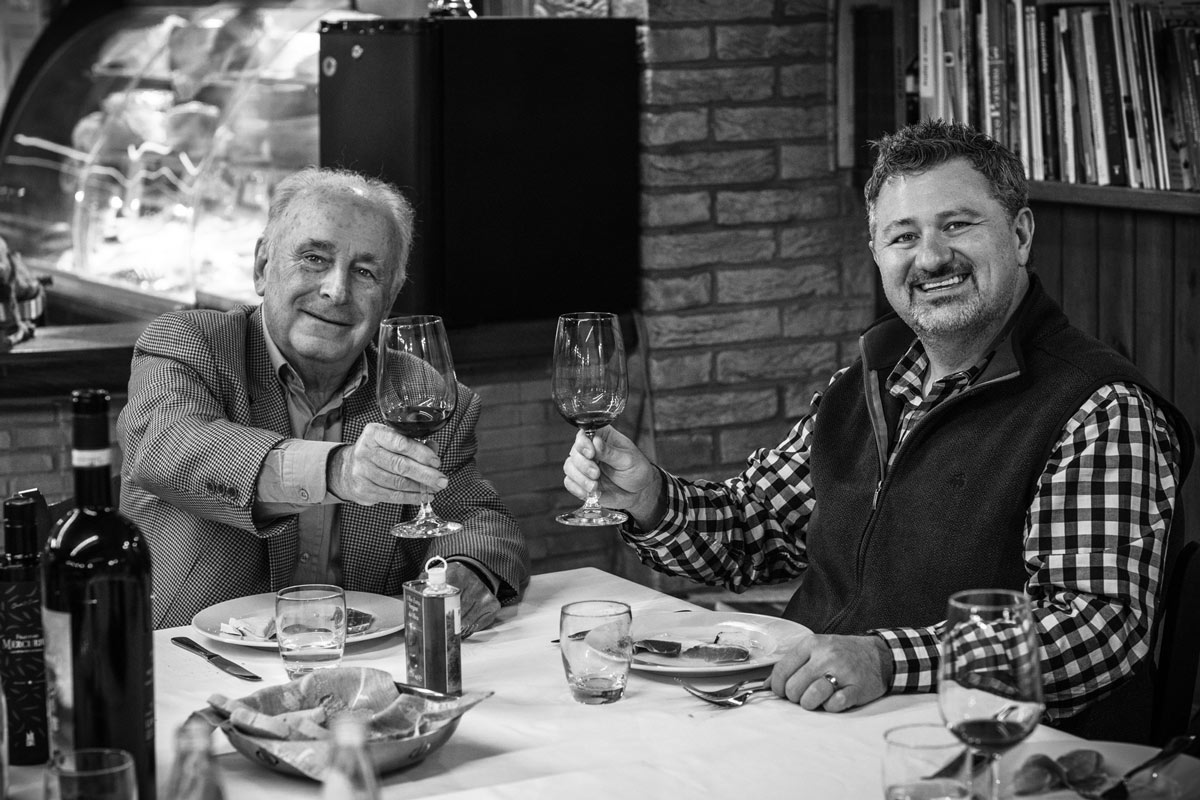
(denominazione di origine protetta or protected origin denomination) Aprutino Pescarese, the region’s olive oil consortium. Silvano is as thrilled as I am that Club Members will again be able to experience Abruzzo’s Dritta olive oil.
Impressions and Recommended Food Pairings
Aromatic in the tasting glass with fresh grass, walnut, green banana, chicory, lettuce, orange peel, wild mint, and fennel seed. Taste it and you’ll detect these flavors: the sweetness of almond; the astringency of green tea; the bitterness of endive, wild mint, basil, spinach, and fennel fronds mingled with the spicy bite of fresh arugula.
Use this vibrant oil on cured meats; pasta dishes; roasted vegetables; tomato-based dishes; pesto; aged cheeses or grilling cheeses like halloumi or kefalotyri; white beans; chickpeas; mashed potatoes; heartier stews or soups; porchetta; lamb; veal; tuna or swordfish; citrus-based desserts or cocktails; yogurt; vanilla ice cream or panna cotta; and smoothies.
This Quarter’s Third Selection
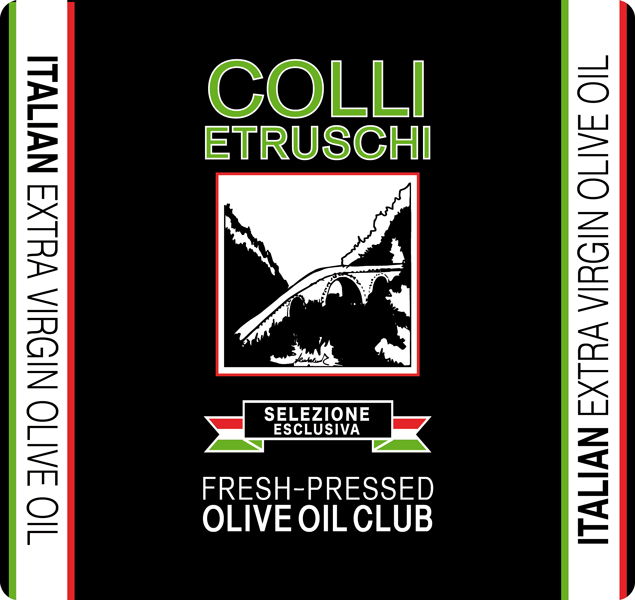
The Canino olive takes center stage in the Lazio region, just as the Dritta olive is the star in Abruzzo. The trees bearing this feisty fruit thrive in the area’s limestone-rich, porous soil. Our producer, Colli Etruschi, has a unique story of its own: It’s an agricultural cooperative of a few hundred small local farmers who carry on their respective family traditions and passion for growing olives. The co-op began in 1965 when a group of 18 olive growers banded together to invest in modern equipment and work more productively and efficiently. Their name is a tribute to the Etruscans, the ancient people who brought the cultivation of olive trees to the area.
Under the direction of Nicola Fazzi, who joined the co-op fresh out of agronomy school, Colli Etruschi continues to live up to its mission to grow the finest olives and press them with state-of-the-art equipment. The thoroughly modern mill is something to behold! Their latest upgrade is a new de-leafer, which separates any leaves from the olives—preventing leaves from entering the crusher makes for a more harmonious oil. Because the outdoor temperature around the harvest seems to inch up every year due to climate change, they recently invested in a chiller that cools down the water used to rinse the olives. This means the olives are a few degrees cooler when they enter the crusher, and that in turn makes for a more flavorful and more healthful oil.
The farmers’ hands-on techniques combined with high-tech milling create a highly flavorful Caninese (the adjective for Canino) olive juice that is magical on the palate—it consistently wins top honors from Gambero Rosso, the food-lovers’ publication, and from Flos Olei, the guide to top olive oil producers, which proclaimed Colli Etruschi “best oil mill in the province of Viterbo,” the province in which Blera is located.

Time management is integral to the operation. “We maintain a consistent pace to get the olives right into the mill upon arrival so they don’t sit in the heat,” says Nicola. “The only variable left is the fruit itself—all the other variables have been addressed!” The result for you, dear Club member, is a perfectly rounded taste with exceptionally high polyphenols.
At a time when so many small farmers around the world are struggling, I’m very impressed with how Colli Etruschi provides wonderful support for its members and the community as a whole. It has also taken steps that reflect its commitment to being a responsible player on the world stage, following cutting-edge quality control and sustainability practices. They’ve reduced their environmental impact by installing a large solar panel system to produce energy, and they recycle their waste products and have reduced the use of plastic as much as possible—tastings are done with compostable cups!
The days spent with Nicola were, of course, punctuated by meals that highlighted local dishes. To celebrate this year’s harvest and to taste our fresh Caninese oil with a variety of foods, we lunched at Trattoria Pappetta, a local tavern that had an earlier life as a winemaker’s tasting room, complete with a stone wall cellar. Owner Mario Macchinetta makes sure that the wine still flows to enhance his regional cooking. We feasted on grilled bread and grilled eggplant slices, both lavishly dressed in our oil, assorted salumi, slow-cooked beans in a spicy tomato sauce with pork fatback, fettuccine with sausage and porcini (as longstanding Club members know, these mushrooms are one of my favorites!), pasta Amatriciana, olive oil-braised rabbit—this is meat country, after all—and anise-flavored cantucci, a type of biscotti. Afterwards, to burn off some of those calories, we retraced part of the route leading to Rome across the ruins of the 2,200 year old Devil’s Bridge—it’s pictured on our label.

We also took time out for a day trip to the picturesque old village of Caprarola, home to the Villa Farnese, a lavish mansion turned museum. It was a wonderful way to reconnect with Nicola after my three-year absence from the country. After the museum, we went to the Trattoria del Cimino, where we dined on excellent cured ham, lardo on toasted bread with chestnuts, slow roasted eggplant, fresh fettuccine with porcini, stewed wild boar with tomatoes and olives, sauteed chicory and more porcini (molto bene!), and for dessert, hazelnut biscotti, meringue cookies, and raspberry sorbet. There are three generations in the family-run kitchen—the 90-year-old nonna, her daughter and son-in-law, and their son, proof positive of how a love of great food and great olive oil brings us, and keeps us, together.
Impressions and Recommended Food Pairings
Pressed from Caninese olives native to Lazio, this is an assertive oil. I love the nutty nose—green almonds and hazelnuts, followed by chopped baby spinach, Tuscan kale, and watercress. Tomato leaf, green apple, thyme, lemon zest, dark chocolate, and green peppercorns were also detected. Muscular and intense in the mouth, reminiscent of escarole, radicchio, dandelion greens, kale, rosemary, lime zest, hazelnuts, and cocoa nibs. Health-promoting polyphenols are indicated by the spiciness of black pepper.
Exploit this bold oil’s best qualities by serving it with strong cheeses; avocado toast; black bread; on salads made with sturdy winter greens; grilled lamb or beef kebabs; bagna càuda with crudités; bean or chickpea bruschetta; tomato-based pasta dishes; pizza or flatbreads; oily fish like salmon, mackerel, or sardines; chocolate mousse, cake, or brownies.
Olive Oil and Health
Adapted from an article by Colin Poitras, September 21, 2022
Leading experts involved in research and education related to the olive tree and its products gathered in Rome recently to discuss the positive health benefits of olive oil during the Fourth Annual Yale Symposium on Olive Oil & Health, September 15–18, 2022.
Organized by Vasilis Vasiliou, PhD, and Tassos C. Kyriakides, PhD, of the Yale School of Public Health, the four-day symposium addressed a variety of themes central to olive cultivation and the future of olive oil as it pertains to human and planetary health.
Laura Di Renzo, of the University of Rome Tor Vergata, focused attention on the role of high-quality extra-virgin olive oils in preventing non-communicable chronic degenerative diseases (NCDDs) and the health benefits of a sustainable Mediterranean diet. NCDDs include obesity, cardiovascular disease, diabetes, chronic kidney disease, inflammatory bowel diseases, rheumatoid arthritis, chronic respiratory diseases, and many cancers. They have been the most frequent causes of prolonged disability and death worldwide.
Di Renzo highlighted the role of the sustainable Mediterranean diet in the prevention and treatment of NCDDs, including the antioxidant and anti-inflammatory effects of extra virgin olive oil (EVOO).
Attendees praised the symposium for helping to raise awareness of the health benefits of olive oil. Vasiliou and Kyriakides have been leading international advocates for the promotion of olive oil as an important part of a healthy diet.
Kyriakides, an olive oil sommelier, not only constantly tastes oils from all over the world, he consumes copious amounts of olive oil daily in his cooking in addition to his daily morning extra virgin olive oil shot.
It’s a delicious natural and healthfully nutritious food. The olive tree and olive oil have been bringing people together for thousands of years; as public health professionals it is our task to maintain and safeguard the olive tree and its numerous positive effects on human and planetary health. The olive tree can serve as a vehicle in our pursuit for sustainable and planet-friendly agricultural practices.
—Tassos C. Kyriakides, PhD, of the Yale School of Public Health
Evidence accumulated over the past six decades shows that olive oil promotes good health, Kyriakides said. A daily intake of 20 grams of olive oil (about two tablespoons) contains a polyphenol (at least 5 mg of hydroxytyrosol and its derivatives) that assists in the protection of blood lipids from oxidative stress. The finding has been supported by the European Food Safety Agency. The US Food and Drug Administration also supports a qualified health claim that consumption of oleic acid (the main component of olive oil) may reduce the risk of coronary heart disease.
Kudos from Club Members
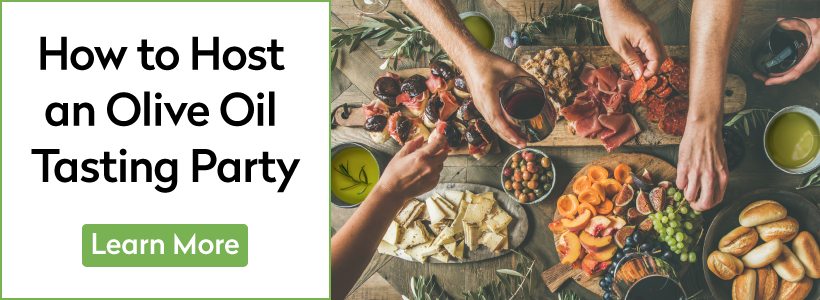
Recipes
 Slow-Roasted Salmon with Salsa Verde This is an easy and flavorful entrée, and so healthy, too. Olive oil is rich in monounsaturated fats, and salmon delivers Omega-3 fatty acids. Win-win! Ingredients 1 skinless side of salmon, 2 to 2 1/2 pounds Extra virgin olive oil Coarse salt (kosher or sea) and freshly ground black pepper 1 teaspoon whole fennel seeds… view recipe
Slow-Roasted Salmon with Salsa Verde This is an easy and flavorful entrée, and so healthy, too. Olive oil is rich in monounsaturated fats, and salmon delivers Omega-3 fatty acids. Win-win! Ingredients 1 skinless side of salmon, 2 to 2 1/2 pounds Extra virgin olive oil Coarse salt (kosher or sea) and freshly ground black pepper 1 teaspoon whole fennel seeds… view recipe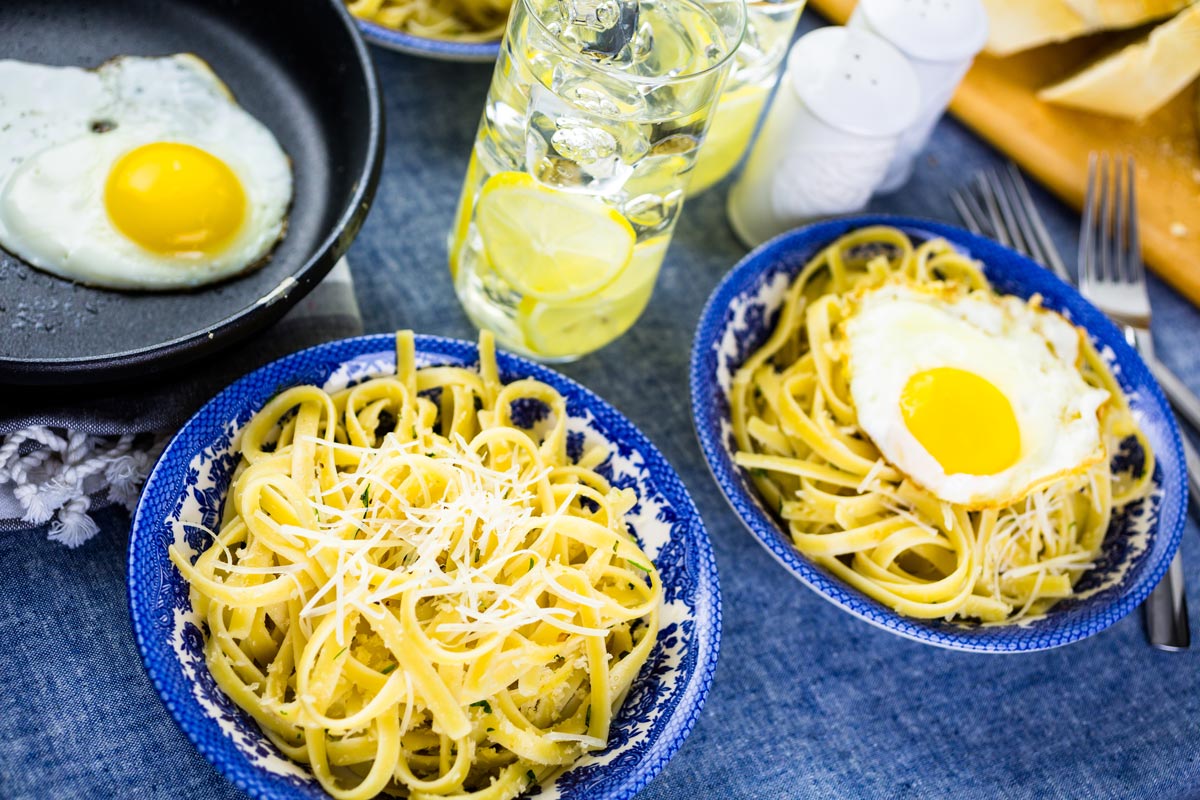 Spaghetti with Fried Eggs This is a substantial, very satisfying breakfast. It’s great for brunch or overnight guests. We like to serve it with freshly squeezed fruit juice and extra virgin olive oil. Ingredients Coarse salt (kosher or sea) 1/2 pound uncooked thin spaghetti 6 tablespoons extra virgin olive oil 2 large cloves garlic, lightly smashed and peeled 4… view recipe
Spaghetti with Fried Eggs This is a substantial, very satisfying breakfast. It’s great for brunch or overnight guests. We like to serve it with freshly squeezed fruit juice and extra virgin olive oil. Ingredients Coarse salt (kosher or sea) 1/2 pound uncooked thin spaghetti 6 tablespoons extra virgin olive oil 2 large cloves garlic, lightly smashed and peeled 4… view recipe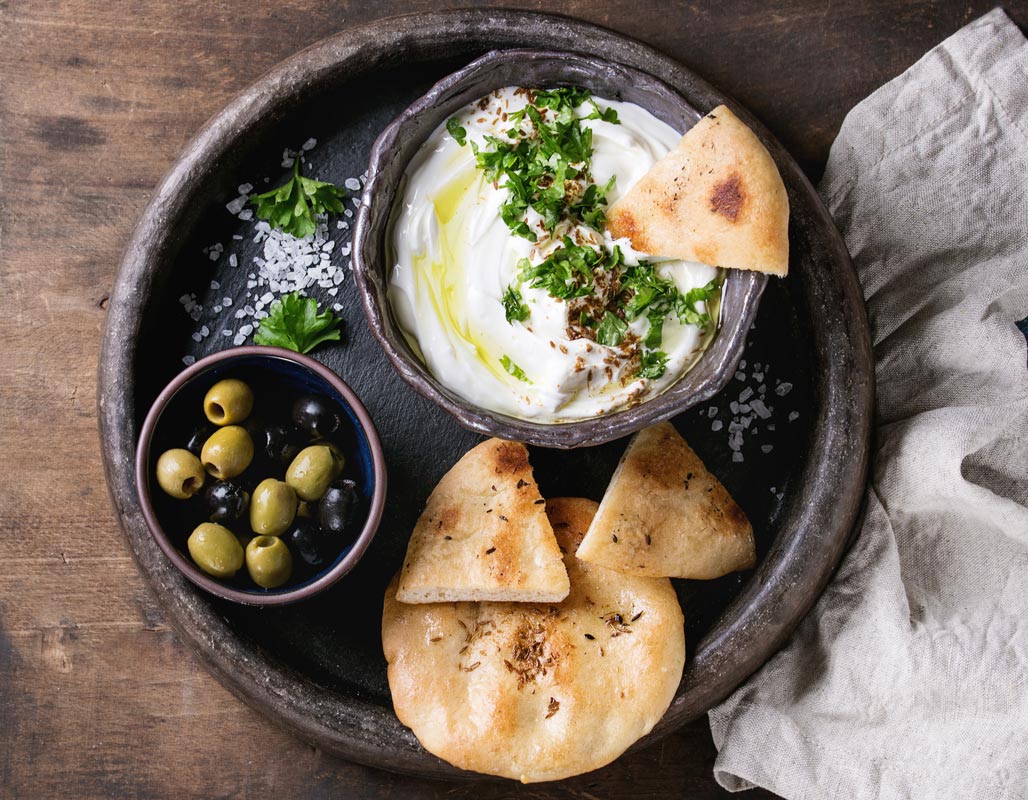 Whipped Ricotta Dip This simple but flavorful dip takes just minutes to make and is easily customizable. Add hot red pepper flakes or jarred Calabrian chiles for a bit of heat. Chopped brined olives (black or green) are good additions, too. Ingredients 1 cup whole milk ricotta 1 tablespoon extra virgin olive oil, plus more as needed 2 teaspoons… view recipe
Whipped Ricotta Dip This simple but flavorful dip takes just minutes to make and is easily customizable. Add hot red pepper flakes or jarred Calabrian chiles for a bit of heat. Chopped brined olives (black or green) are good additions, too. Ingredients 1 cup whole milk ricotta 1 tablespoon extra virgin olive oil, plus more as needed 2 teaspoons… view recipe Shaved Brussels Sprout Salad with Fruit and Nuts This is an attractive seasonal salad, one that can be adapted to what you have on hand. Substitute a firm pear for the apple (an Asian pear is especially good) or fresh orange juice for the lemon juice. Ingredients For the salad: 1 pound fresh brussels sprouts (about 4 cups) 1 medium crisp apple, such… view recipe
Shaved Brussels Sprout Salad with Fruit and Nuts This is an attractive seasonal salad, one that can be adapted to what you have on hand. Substitute a firm pear for the apple (an Asian pear is especially good) or fresh orange juice for the lemon juice. Ingredients For the salad: 1 pound fresh brussels sprouts (about 4 cups) 1 medium crisp apple, such… view recipe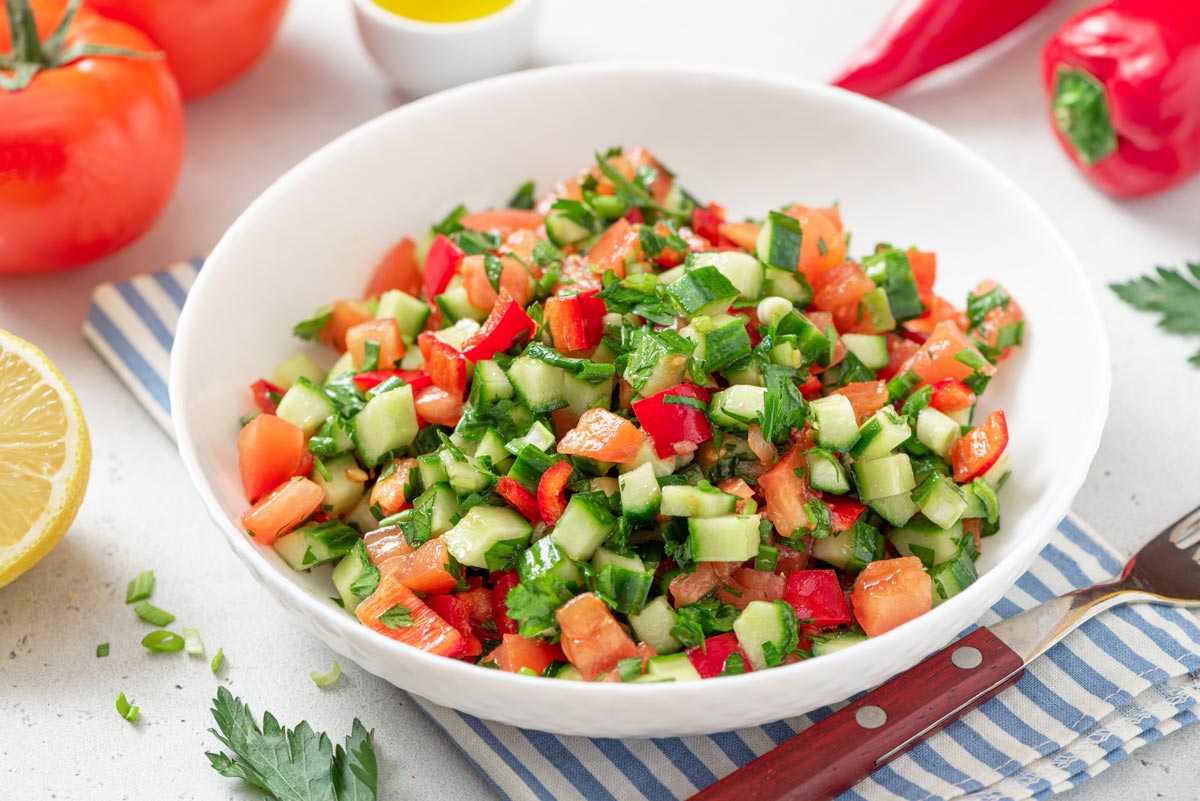 Traditional Greek Salad (Horiatiki) One of the most talented food writers I’ve known personally, David Rosengarten, published this terrific recipe in his book It’s All American Food. It’s a natural accompaniment to almost any protein—fish, chicken, pork, or beef. Ingredients 2 cups diced ripe tomatoes, such as Romas 2 loosely packed cups of whole flat-leaf parsley leaves 1 cup… view recipe
Traditional Greek Salad (Horiatiki) One of the most talented food writers I’ve known personally, David Rosengarten, published this terrific recipe in his book It’s All American Food. It’s a natural accompaniment to almost any protein—fish, chicken, pork, or beef. Ingredients 2 cups diced ripe tomatoes, such as Romas 2 loosely packed cups of whole flat-leaf parsley leaves 1 cup… view recipe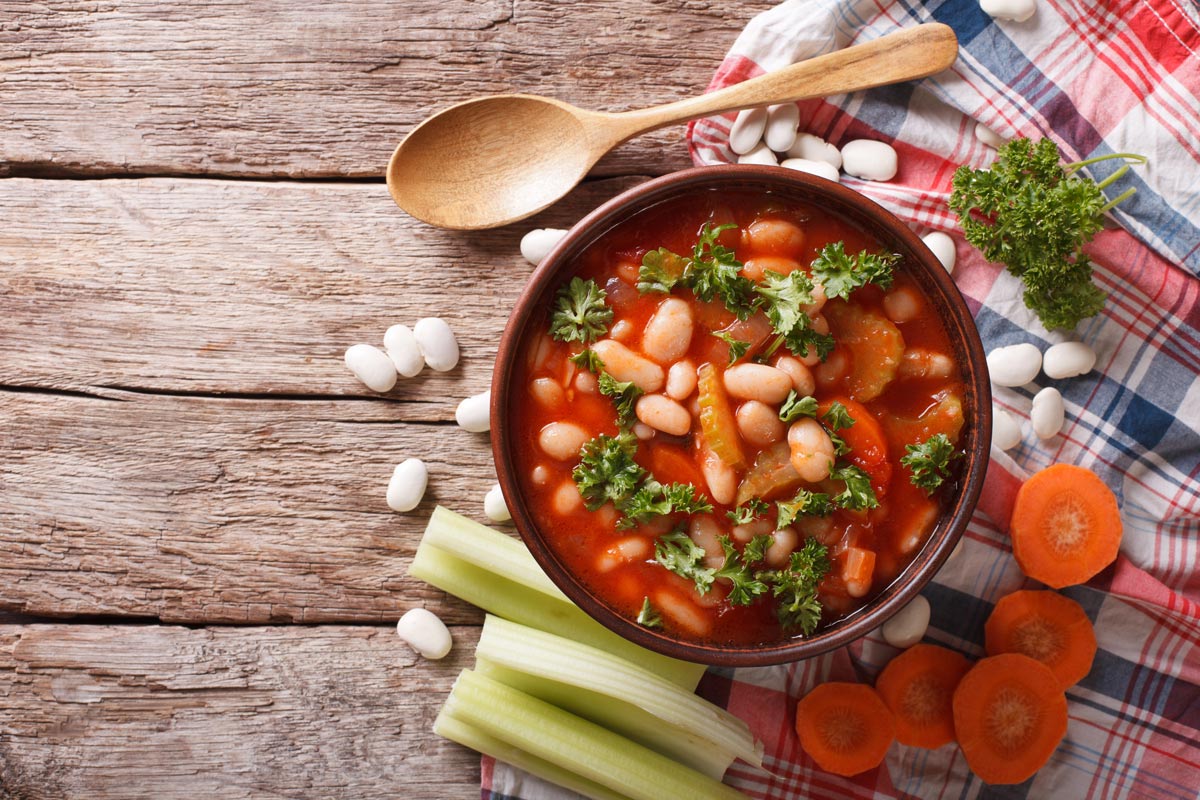 Easy Greek Bean Soup (Fasolada) According to ancient Greek mythology, Theseus promised Apollo olive branches and fresh fruit if he triumphed over the fearsome Minotaur. But stores of fresh food were nearly depleted during the return sail from Crete, forcing Theseus to offer this simple soup to the god. And it is fit for the gods! Ingredients 1/2 cup extra… view recipe
Easy Greek Bean Soup (Fasolada) According to ancient Greek mythology, Theseus promised Apollo olive branches and fresh fruit if he triumphed over the fearsome Minotaur. But stores of fresh food were nearly depleted during the return sail from Crete, forcing Theseus to offer this simple soup to the god. And it is fit for the gods! Ingredients 1/2 cup extra… view recipe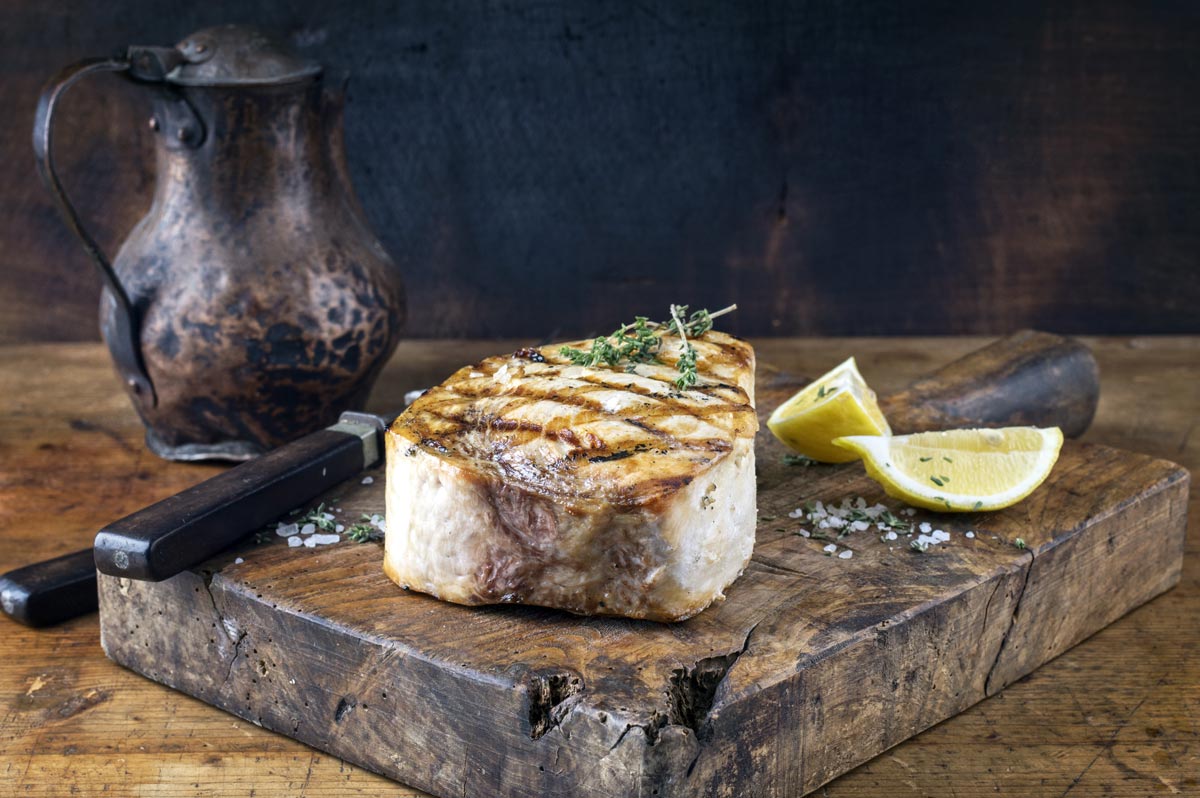 Sicilian-Style Swordfish Known as “the doyenne of Italian cuisine,” Marcella Hazan recommends pricking the fish with the tines of a fork as a genius way of delivering the flavors of the sauce deep into the meat. This recipe was selected by the staff at Food and Wine as one of the magazine’s top 40 published recipes. The… view recipe
Sicilian-Style Swordfish Known as “the doyenne of Italian cuisine,” Marcella Hazan recommends pricking the fish with the tines of a fork as a genius way of delivering the flavors of the sauce deep into the meat. This recipe was selected by the staff at Food and Wine as one of the magazine’s top 40 published recipes. The… view recipe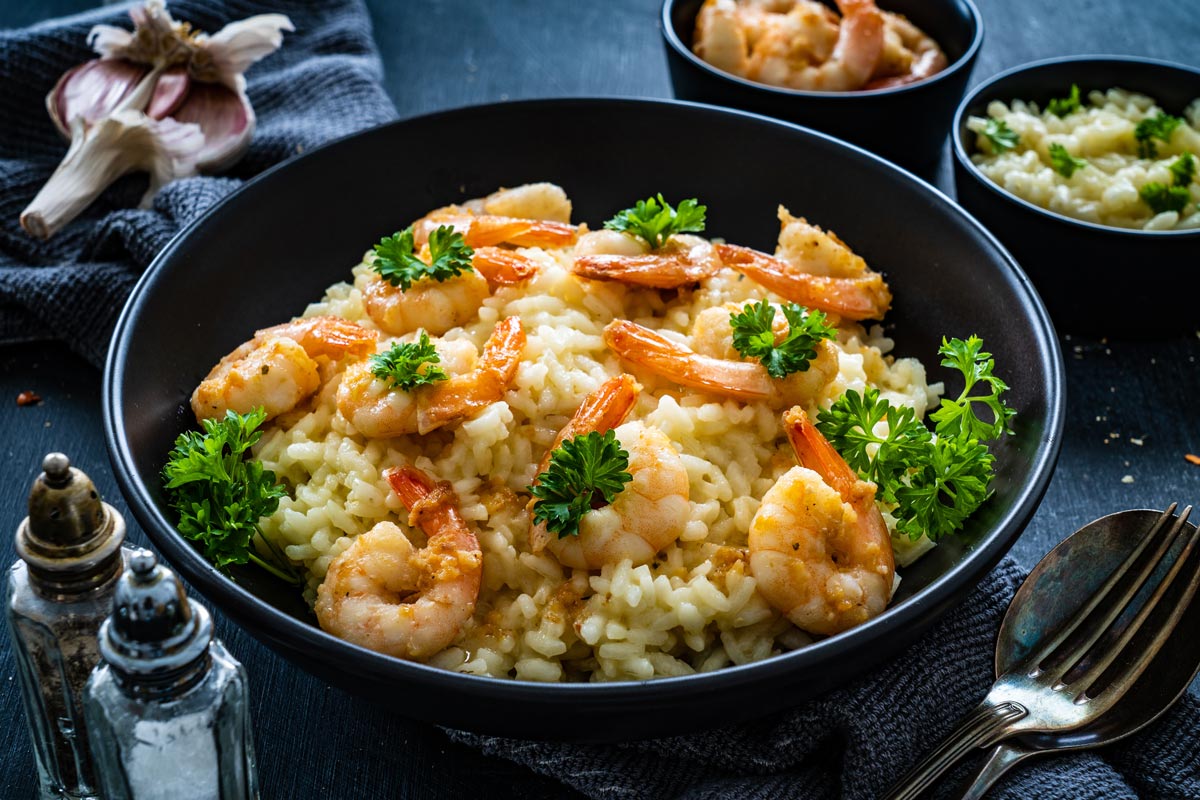 Baked Shrimp Risotto Traditional risotto demands that you be wed to the stove, stirring, stirring, stirring. This version frees you to be with family or friends. As for the shrimp, bathe them in extra virgin olive oil, season with salt and pepper, and cook in a medium-hot skillet until the shrimp are opaque and form a “C” shape.… view recipe
Baked Shrimp Risotto Traditional risotto demands that you be wed to the stove, stirring, stirring, stirring. This version frees you to be with family or friends. As for the shrimp, bathe them in extra virgin olive oil, season with salt and pepper, and cook in a medium-hot skillet until the shrimp are opaque and form a “C” shape.… view recipe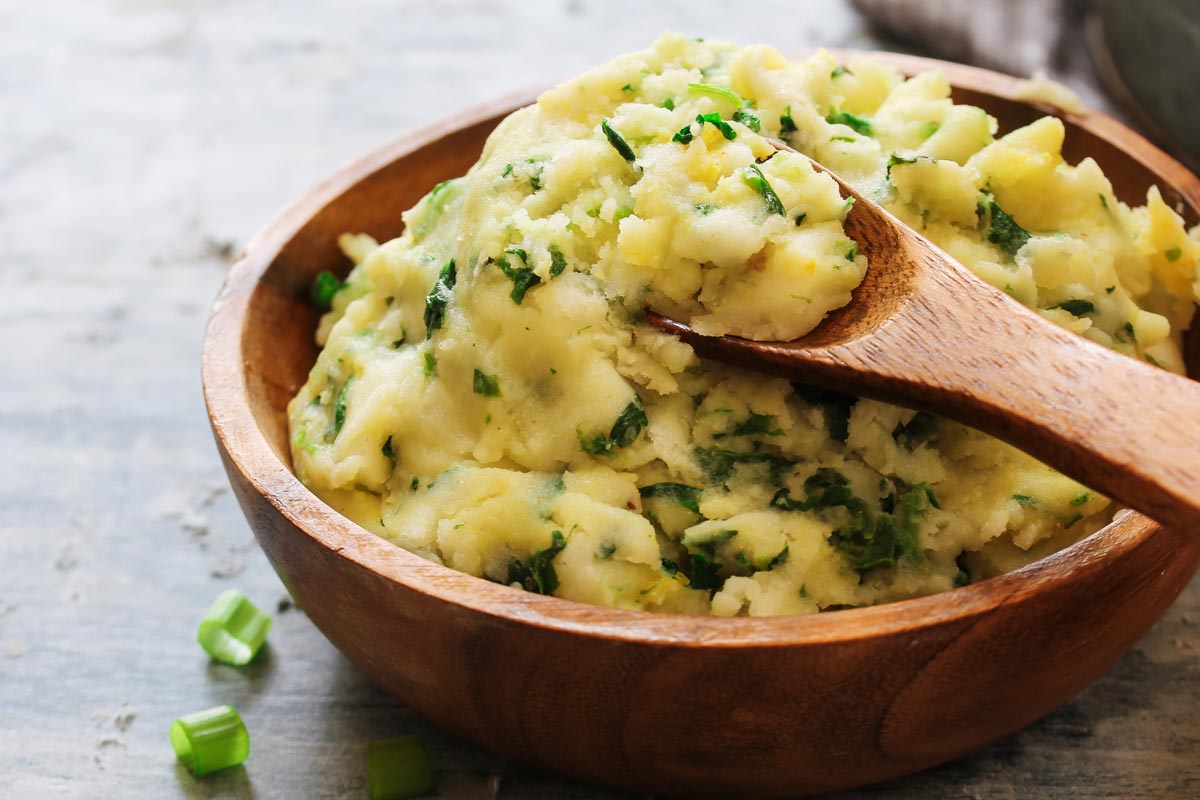 Olive Oil and Kale Mashed Potatoes Are you expecting a dairy-free guest? These rustic potatoes will “wow” them. And the final picturesque drizzle of fresh extra virgin olive oil makes the potatoes Instagram-worthy. Ingredients 2 pounds washed, unpeeled Yukon Gold potatoes, cut into 1-inch pieces 4 garlic cloves, peeled and coarsely chopped 1/3 cup extra virgin olive oil, plus more as… view recipe
Olive Oil and Kale Mashed Potatoes Are you expecting a dairy-free guest? These rustic potatoes will “wow” them. And the final picturesque drizzle of fresh extra virgin olive oil makes the potatoes Instagram-worthy. Ingredients 2 pounds washed, unpeeled Yukon Gold potatoes, cut into 1-inch pieces 4 garlic cloves, peeled and coarsely chopped 1/3 cup extra virgin olive oil, plus more as… view recipe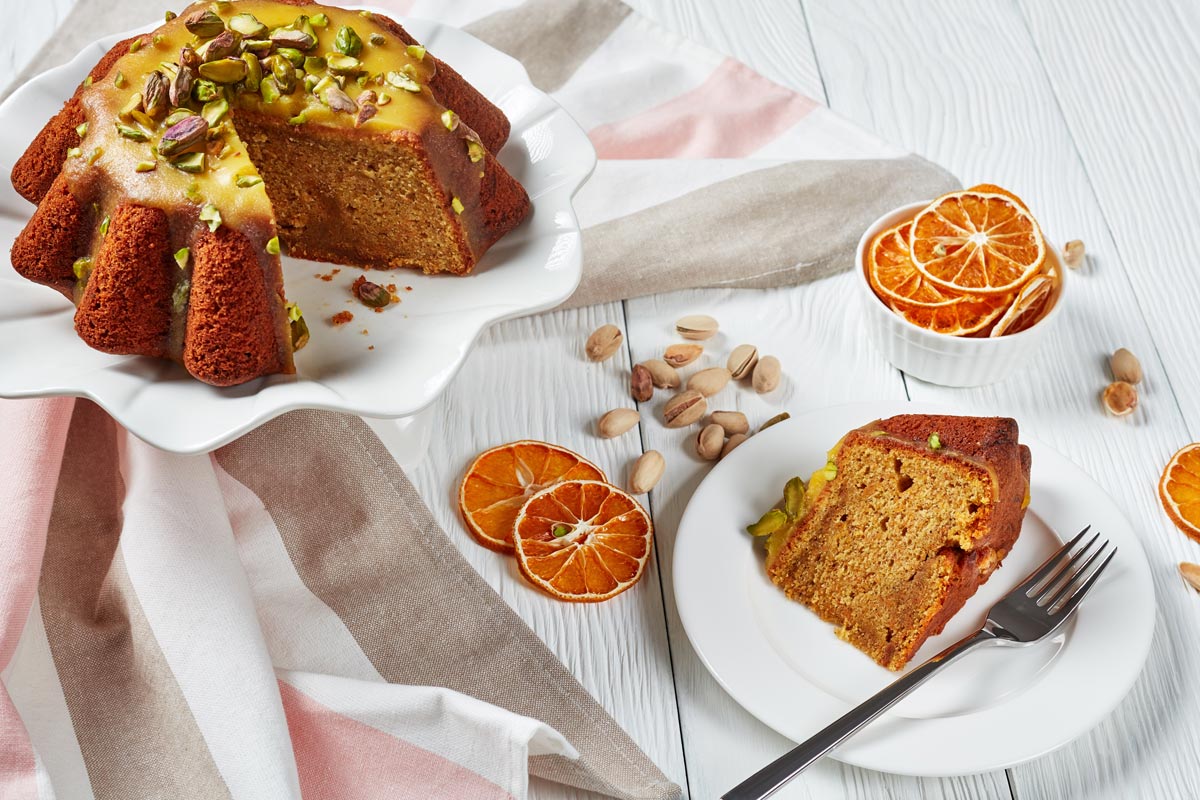 Glazed Pistachio Olive Oil Cake I love pistachios, and this is one for the books. Garnish with sugar-encrusted cranberries, if desired. Ingredients For the cake: Baking spray Almond flour, approximately 1/4 cup 1 1/2 cups lightly toasted salted pistachios, plus 2 tablespoons for garnish 1 1/2 cups all-purpose flour 1 teaspoon baking powder 1/2 teaspoon baking soda 1/8 teaspoon table… view recipe
Glazed Pistachio Olive Oil Cake I love pistachios, and this is one for the books. Garnish with sugar-encrusted cranberries, if desired. Ingredients For the cake: Baking spray Almond flour, approximately 1/4 cup 1 1/2 cups lightly toasted salted pistachios, plus 2 tablespoons for garnish 1 1/2 cups all-purpose flour 1 teaspoon baking powder 1/2 teaspoon baking soda 1/8 teaspoon table… view recipe

